With the continuous deepening of home intelligence, bathroom space has gradually become an important field for the application of intelligent technology. As a representative product, smart toilet are moving from high-end configurations to mainstream choices. According to trend research by the National Kitchen & Bath Association (NKBA), smart bathroom products have maintained an annual growth rate of over 15% for the past five years. Among them, smart toilets are considered one of the most valuable investments in bathroom upgrades and renovations due to their water-saving, energy-saving, comfortable, and healthy features.
However, facing the dazzling array of smart toilets on the market, how can consumers make informed choices when selecting one? This article will provide professional references for bathroom renovation from five dimensions: core functions, comfort experience, energy conservation and environmental protection, design integration, and budget considerations.
1. Core function: graded selection from basic to high-end
The basic functions of smart toilets typically include automatic flushing, heated seat, and spray cleaning. At the same time, high-end models may add automatic induction opening and closing, ultraviolet sterilisation, air purification, and water pressure self-adjustment.
Basic functions: Suitable for families who want to enhance their hygiene experience, especially for users with elderly family members and children. Automatic cleaning and temperature-controlled seat rings can significantly improve user comfort.
Advanced features such as warm air drying, a deodorisation system, and a feminine care mode can further optimise the health and privacy of daily use.
High-end features: Some flagship models are equipped with intelligent sensors that can monitor water flow usage in real-time, and even have health monitoring functions such as urine analysis.
According to a report by industry analysis firm Freedonia Group, the popularisation of smart toilets in the future will mainly rely on a two-way development model of "popularisation of basic functions+penetration of high-end functions". When making choices, families should balance their daily needs and budget reasonably, rather than blindly pursuing the most functionality.

2. Comfortable experience: the combination of ergonomics and usage habits
In bathroom decoration, the comfort of smart toilets directly determines the daily user experience. Height, seat ring design, and flushing angle are key details to consider when making a purchase.
Height selection: The standard height is 15-16 inches, while in recent years, the more popular height has been Comfort Height (approximately 17-19 inches), which is convenient for adults to use for extended periods, especially suitable for individuals with knee or waist discomfort.
Nozzle design: The dual nozzle design can be used for cleaning and feminine care, respectively, avoiding cross-contamination and improving cleaning effectiveness.
Seat material: High-quality material combined with a constant temperature system not only enhances comfort, but also avoids cold touch in winter.
According to the relevant standards of the American National Standards Institute (ANSI), toilets must meet certain ergonomic specifications to ensure comfort and safety. Therefore, when choosing, it is more reliable to pay attention to brands and models that comply with ergonomic certification.
3. Energy conservation and environmental protection: important indicators of sustainable bathrooms
Energy and water conservation are one of the biggest advantages of smart toilets. WaterSense from the Environmental Protection Agency (EPA) ®. According to certification standards, smart toilets can save an average of 20-35% of water usage per use compared to traditional gravity flush toilets. Calculated based on daily household water usage, approximately 13000 gallons (49000 litres) can be saved annually.
Double flush mode: Select different water volumes based on liquid or solid excrement, typically 0.8-1.6 gallons per flush, which is significantly lower than the 3-5 gallons used by traditional toilets.
Energy-saving heating system: Some smart toilets are equipped with instant heating technology, which only consumes electricity during use, resulting in approximately 30% reduced energy consumption compared to traditional water storage heating systems.
Environmentally friendly materials: Some high-end models use antibacterial ceramic glaze and recyclable components to extend product life and reduce resource waste.
For families undergoing bathroom renovations, choosing WaterSense or other green-certified smart toilets can not only reduce long-term utility expenses but also align with environmental trends.
4. Integration of Design and Space: Aesthetic Considerations for Modern Bathhouses
Smart toilets have evolved beyond their traditional bulky appearance, gradually transitioning towards a minimalist design and enhanced space utilisation. In bathroom decoration, achieving a harmonious and unified look that complements the overall style is a key concern for both designers and consumers.
Integrated vs. Split: The integrated design has a simpler appearance and is suitable for a modern minimalist style; the Split type is more flexible in terms of installation and maintenance.
Wall-mounted design: frees up floor space, making the bathroom more transparent and easy to clean.
Colour and Material: In addition to classic white, some manufacturers offer matte black, cream, or metallic-textured shells to meet different style requirements.
At the latest trend exhibition of the Kitchen & Bath Industry Show (KBIS), the combination of smart toilets with smart mirror cabinets, LED light mirrors, and other products has become the mainstream solution to enhance the overall value and experience of the bathroom.
5. Budget and Long-term Investment: Value Not Only in the Present
The price range for smart toilets is quite large, ranging from $800 to $5000, depending on their functionality and brand positioning. Although the initial investment is high, its long-term value cannot be ignored:
Water-saving and energy-saving bills: Calculated on an average household basis, using water-saving smart toilets can reduce water and electricity bills by approximately $100-$ 150 per year.
Enhancing the resale value of a property: According to the Remodelling Magazine 2024 Cost vs. Value Report, the intelligent transformation of bathrooms can bring a return on investment (ROI) of up to 67-71%.
Durability and Maintenance: High-end brands often offer a 2-5 year warranty and have self-cleaning capabilities to reduce maintenance costs in the later stages.
Therefore, in cases of limited budgets, priority should be given to basic energy-saving and comfort functions. In cases of ample budgets, high-end models can be chosen to make smart toilets the core highlight of bathroom upgrades.
Conclusion
Smart toilets are no longer just luxury items, but a rational choice for an increasing number of families in bathroom design. Its multiple advantages, including hygiene, health, comfort, energy conservation, environmental protection, and design integration, not only enhance the convenience of daily life but also demonstrate outstanding long-term investment value.
When making a purchase, consumers should start from the core functional requirements, combine space and design style, pay attention to authoritative certification and long-term usage costs, to find the most suitable solution. With the deepening of the smart home wave, smart toilets are expected to play a more central role in future bathroom renovations.
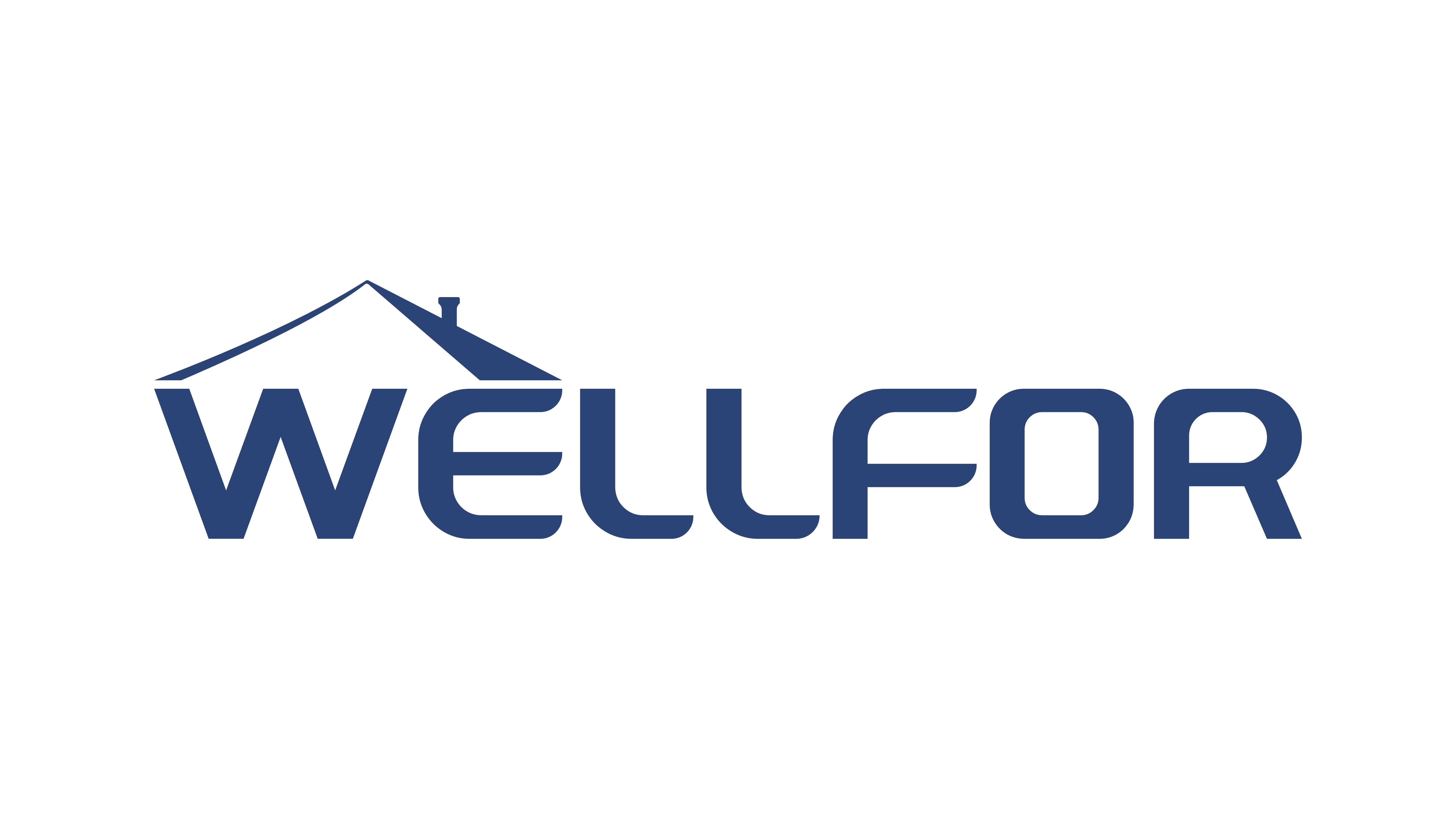
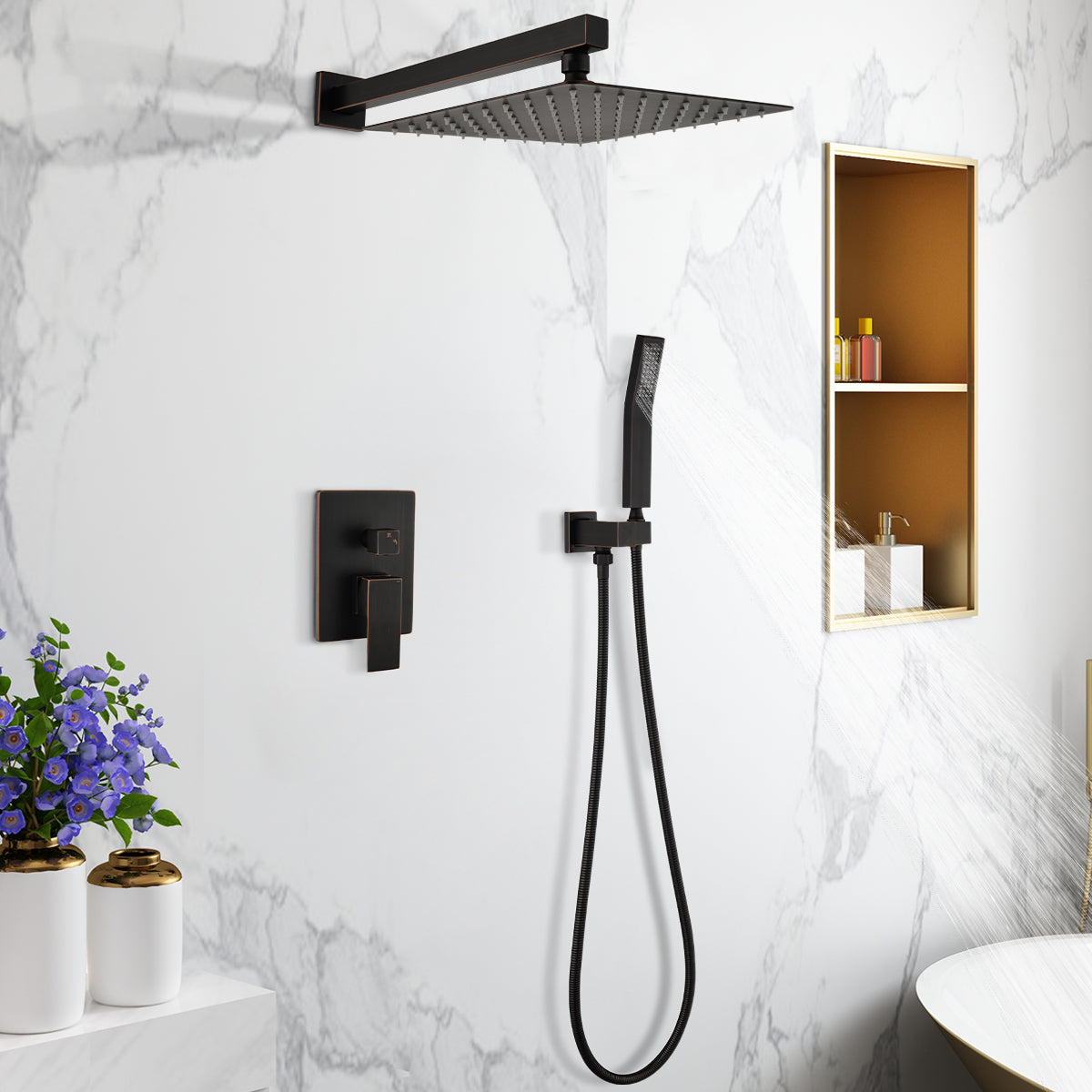
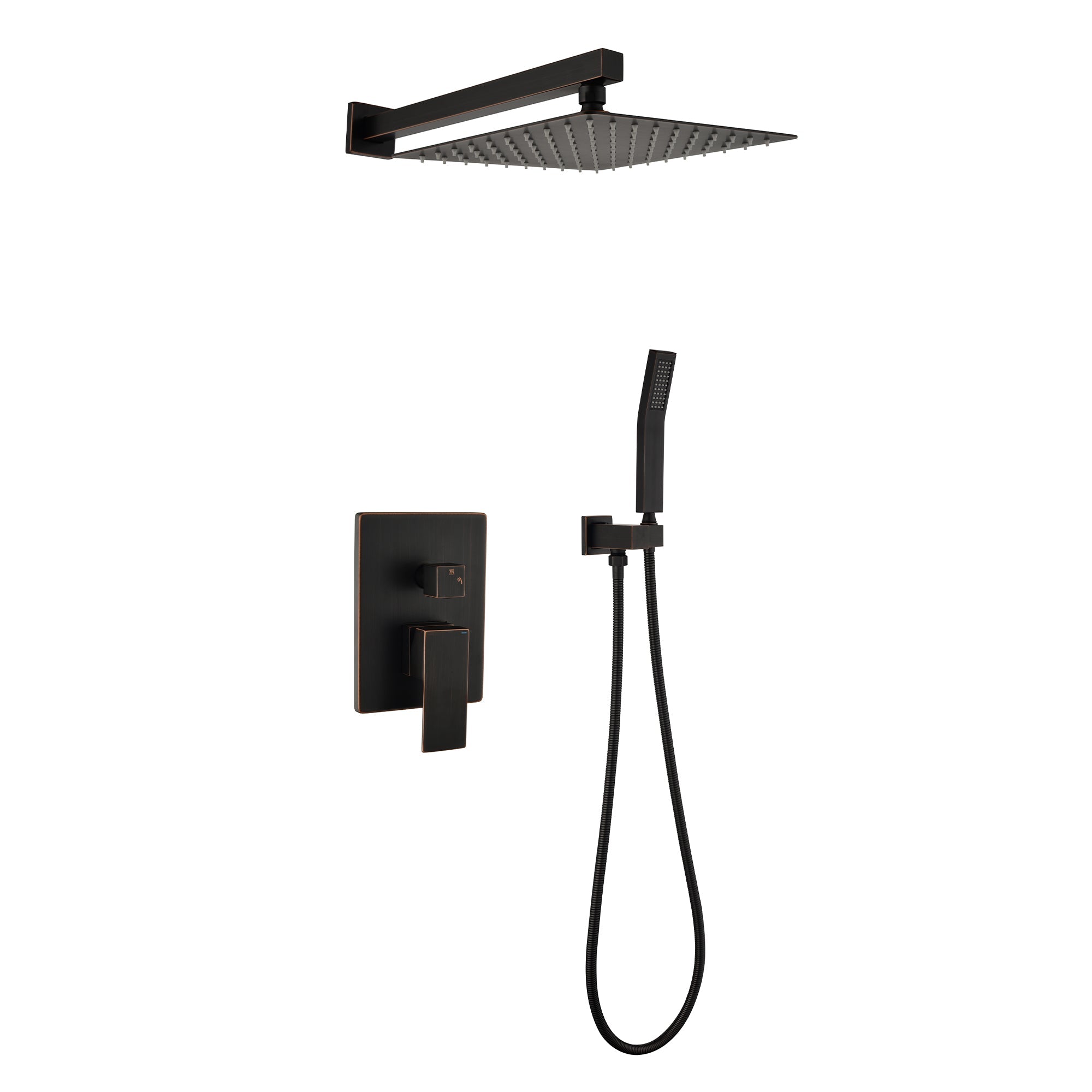


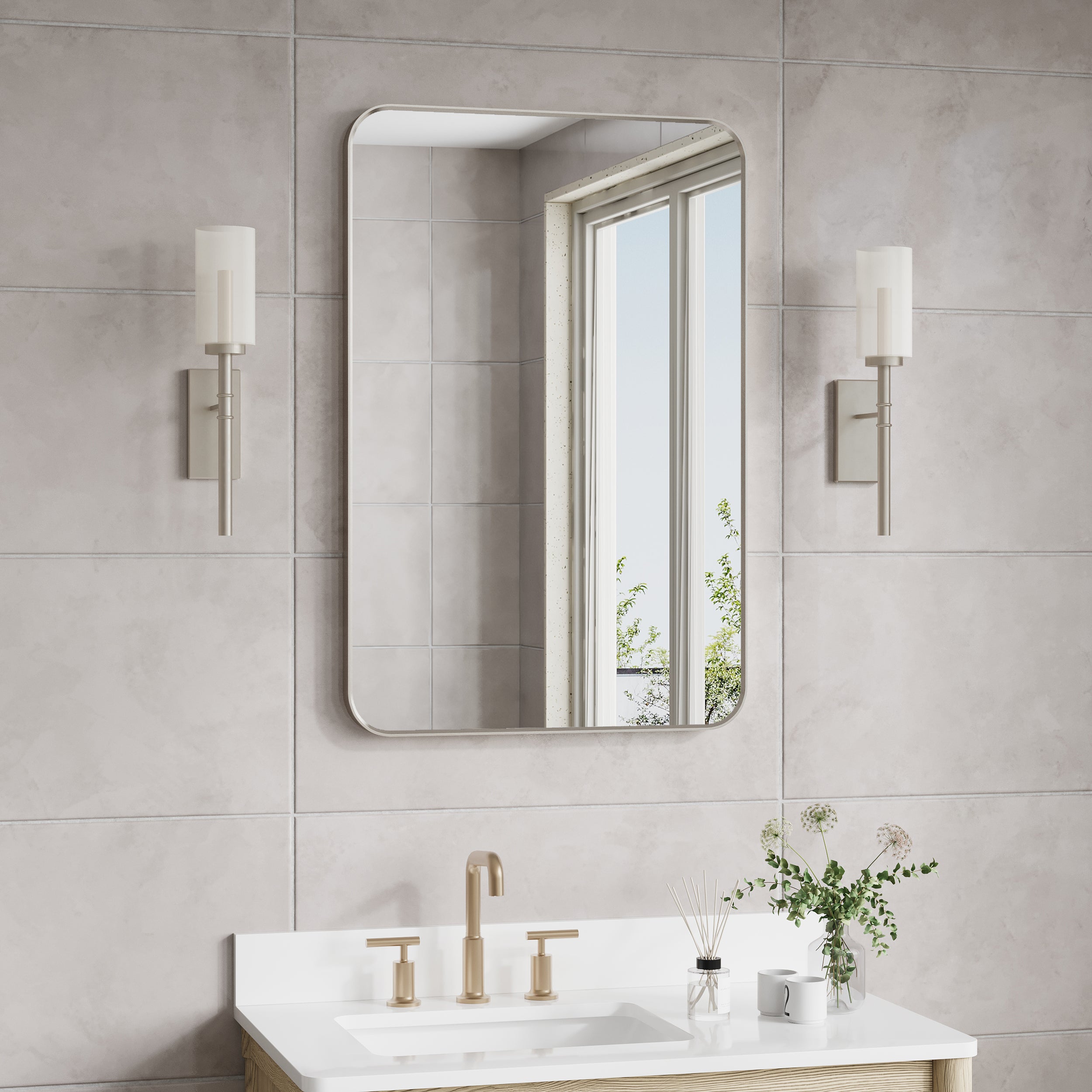
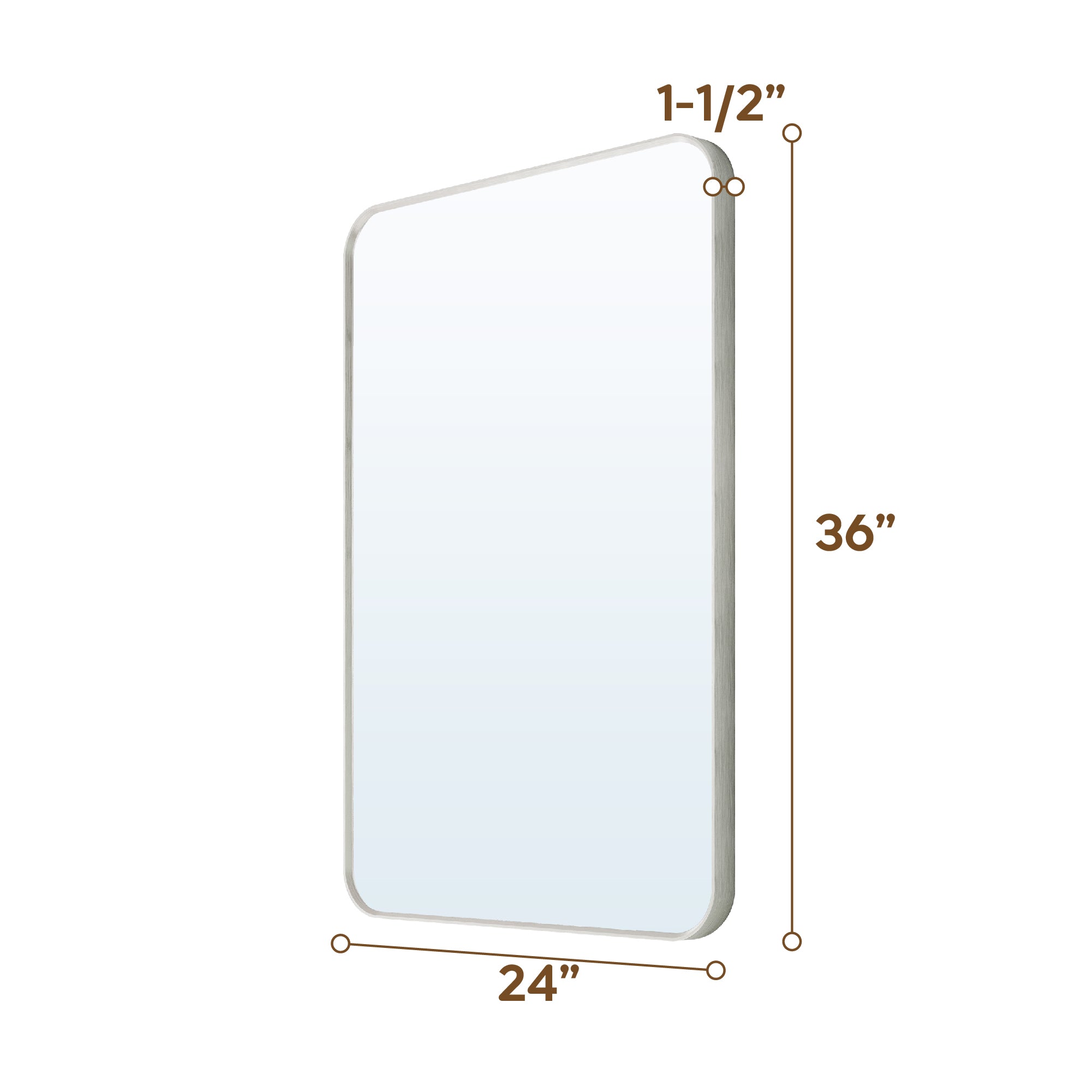

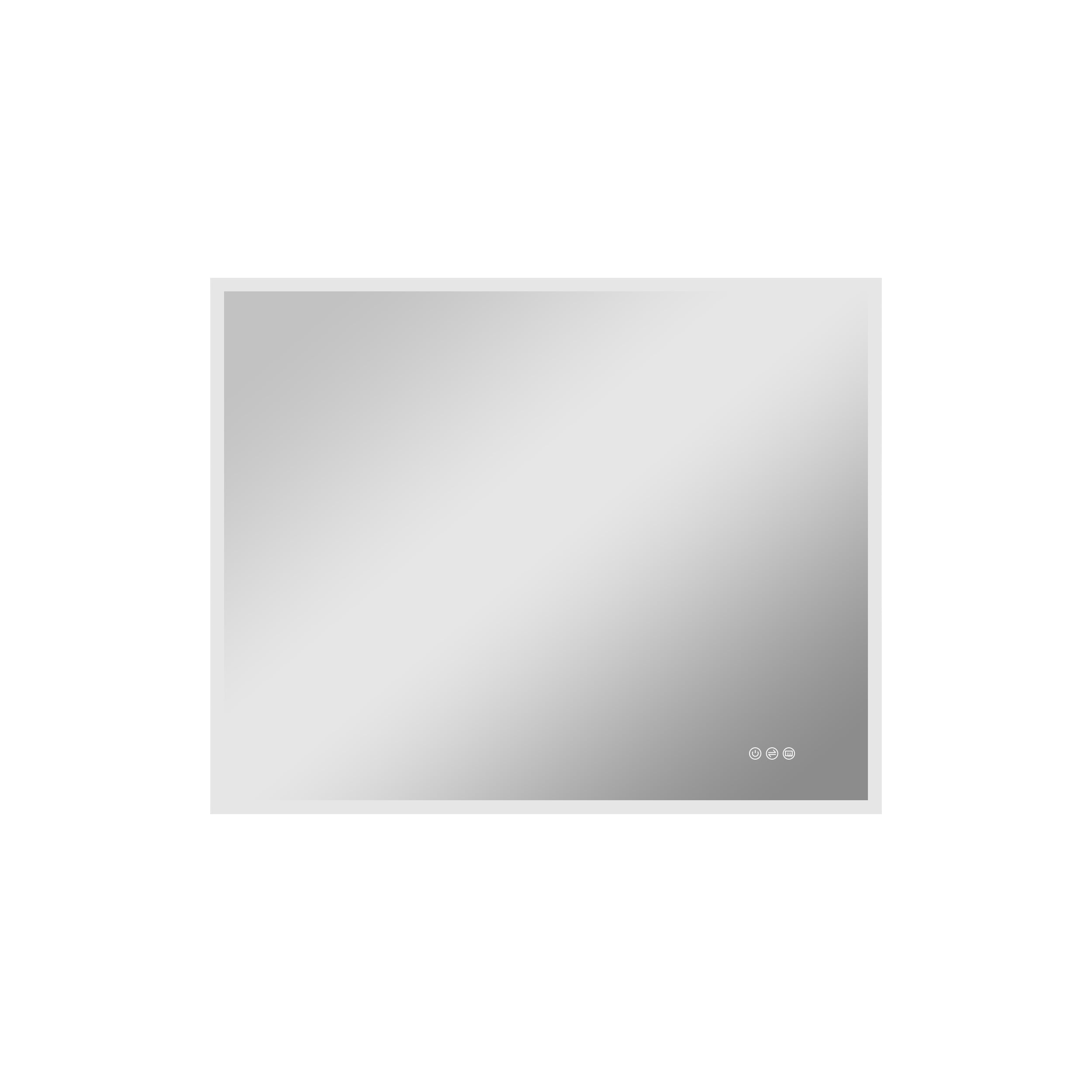
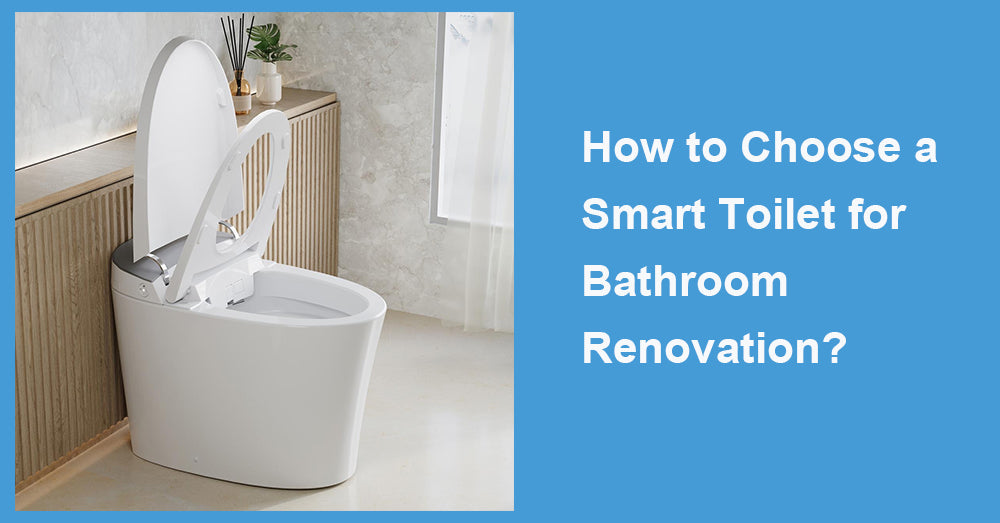
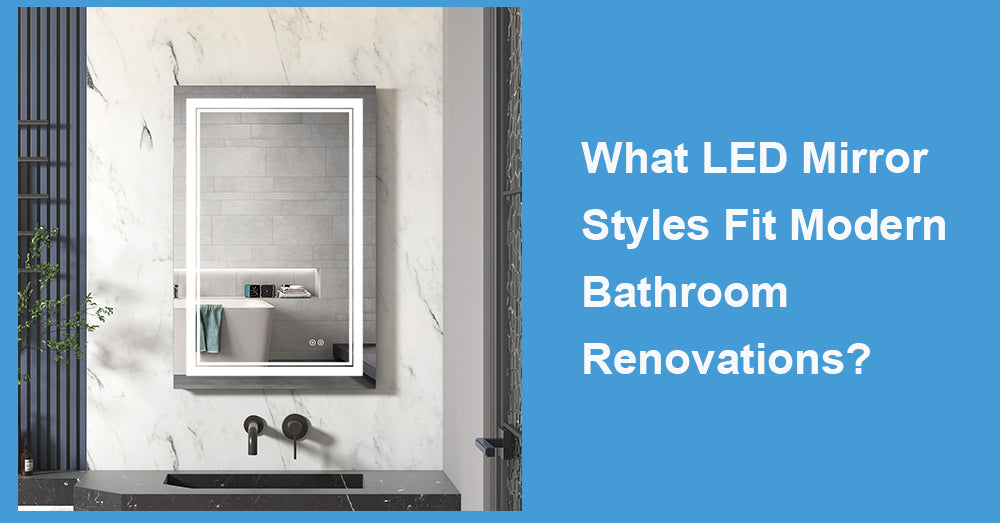
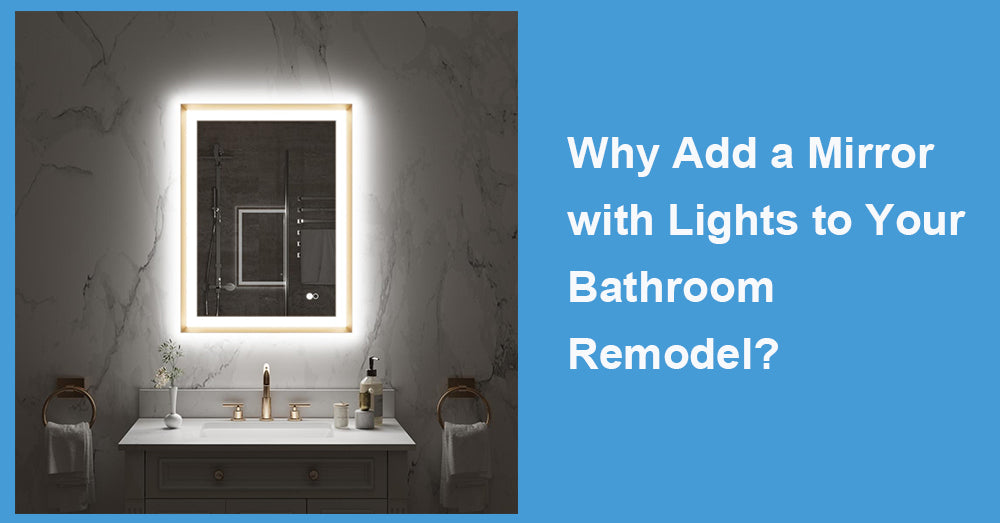
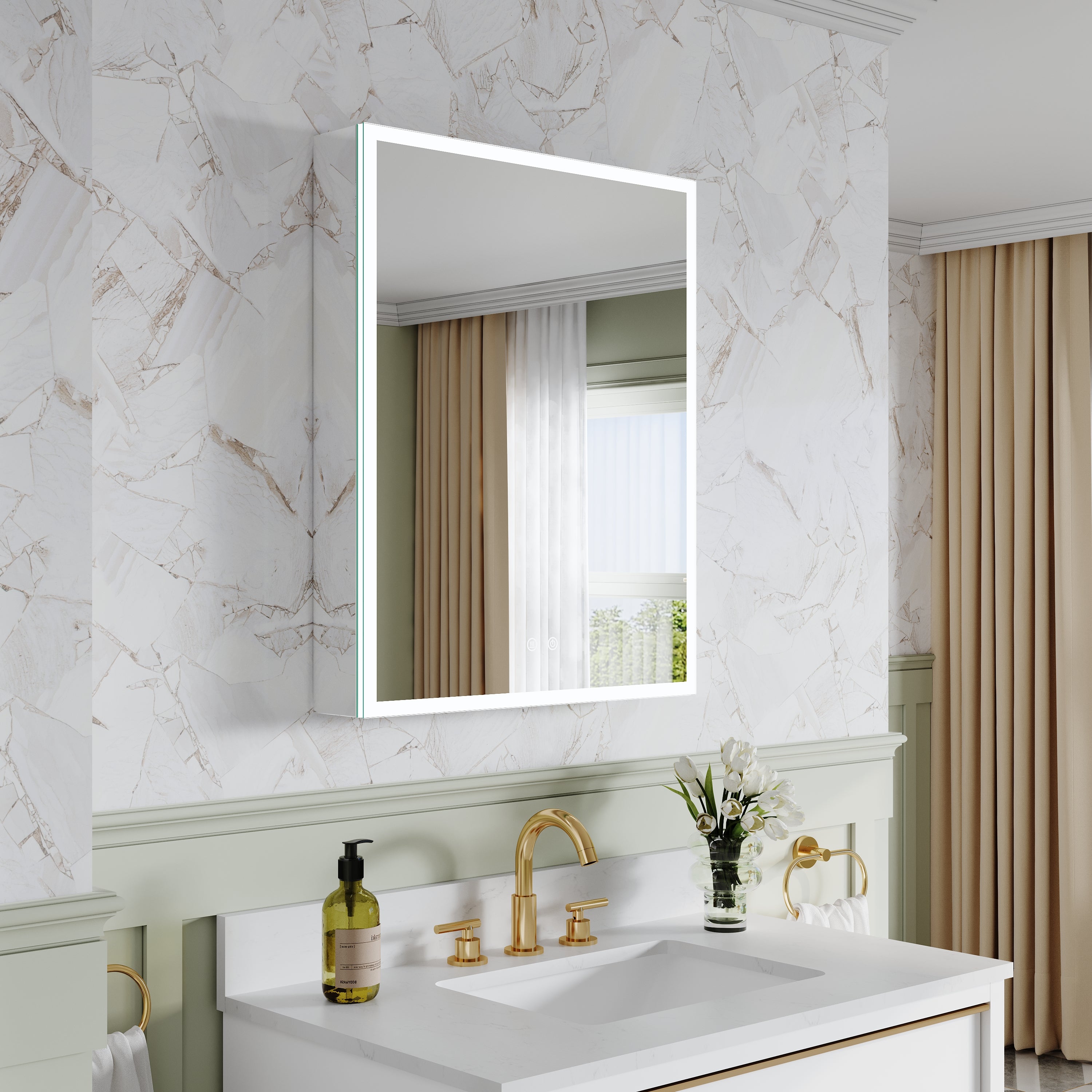
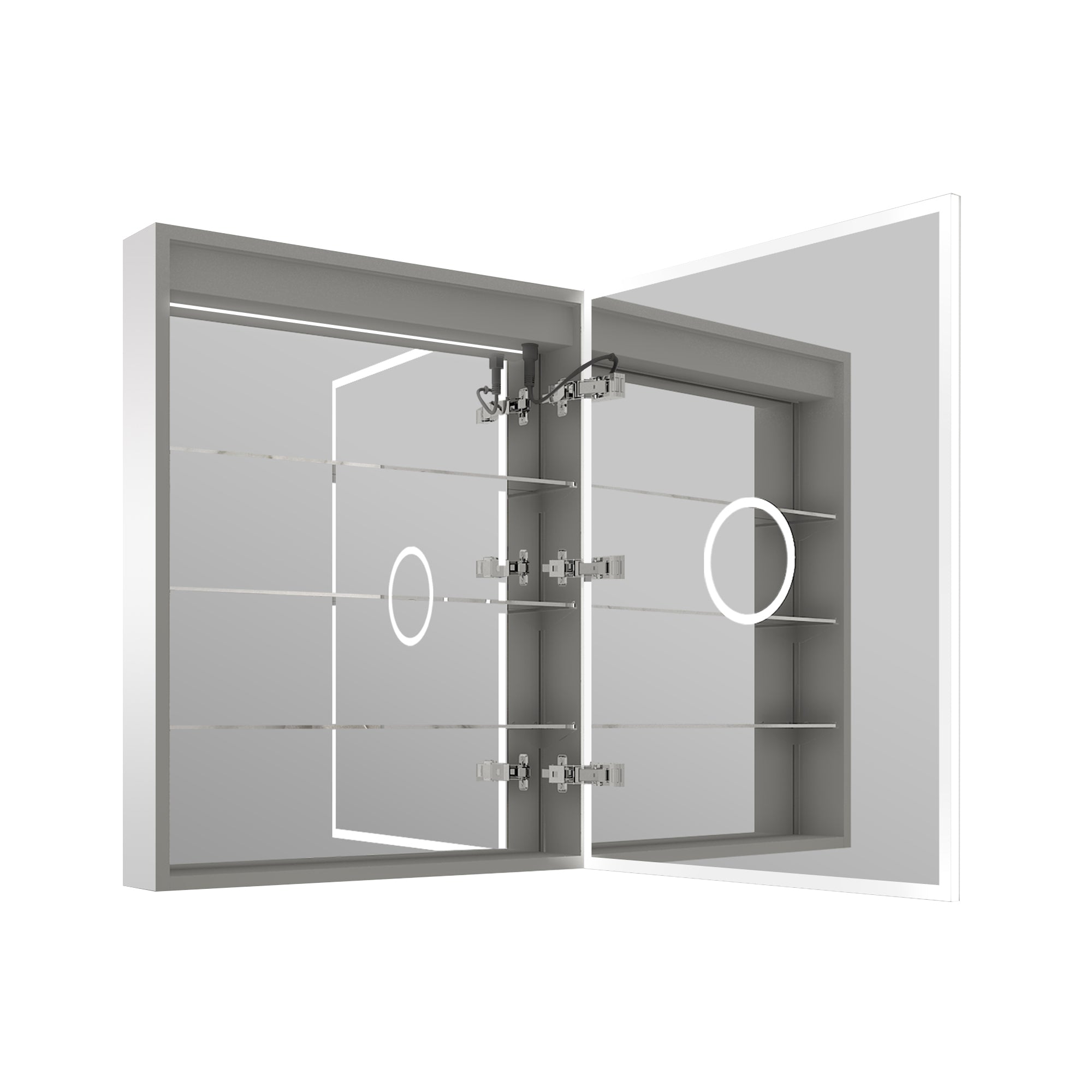
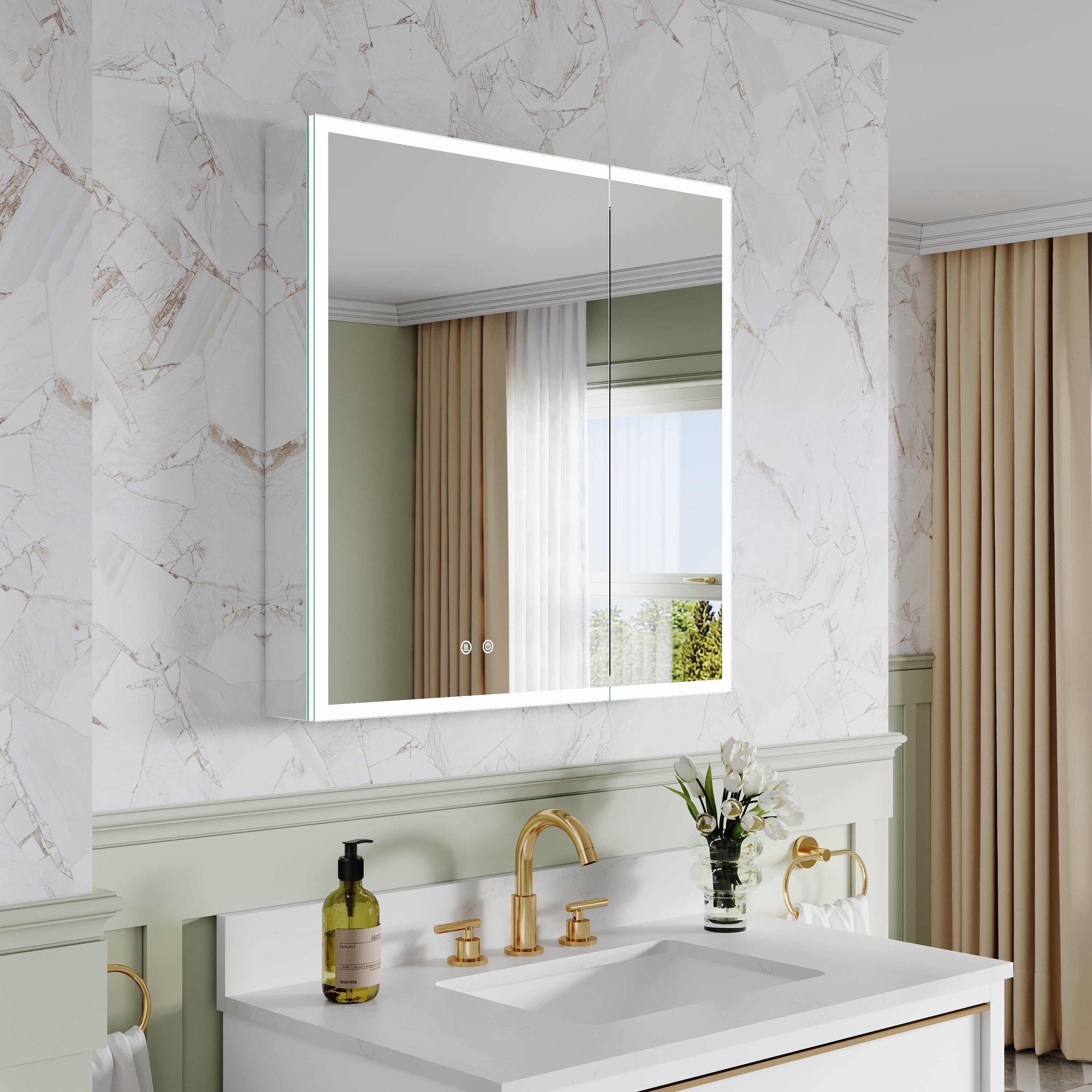
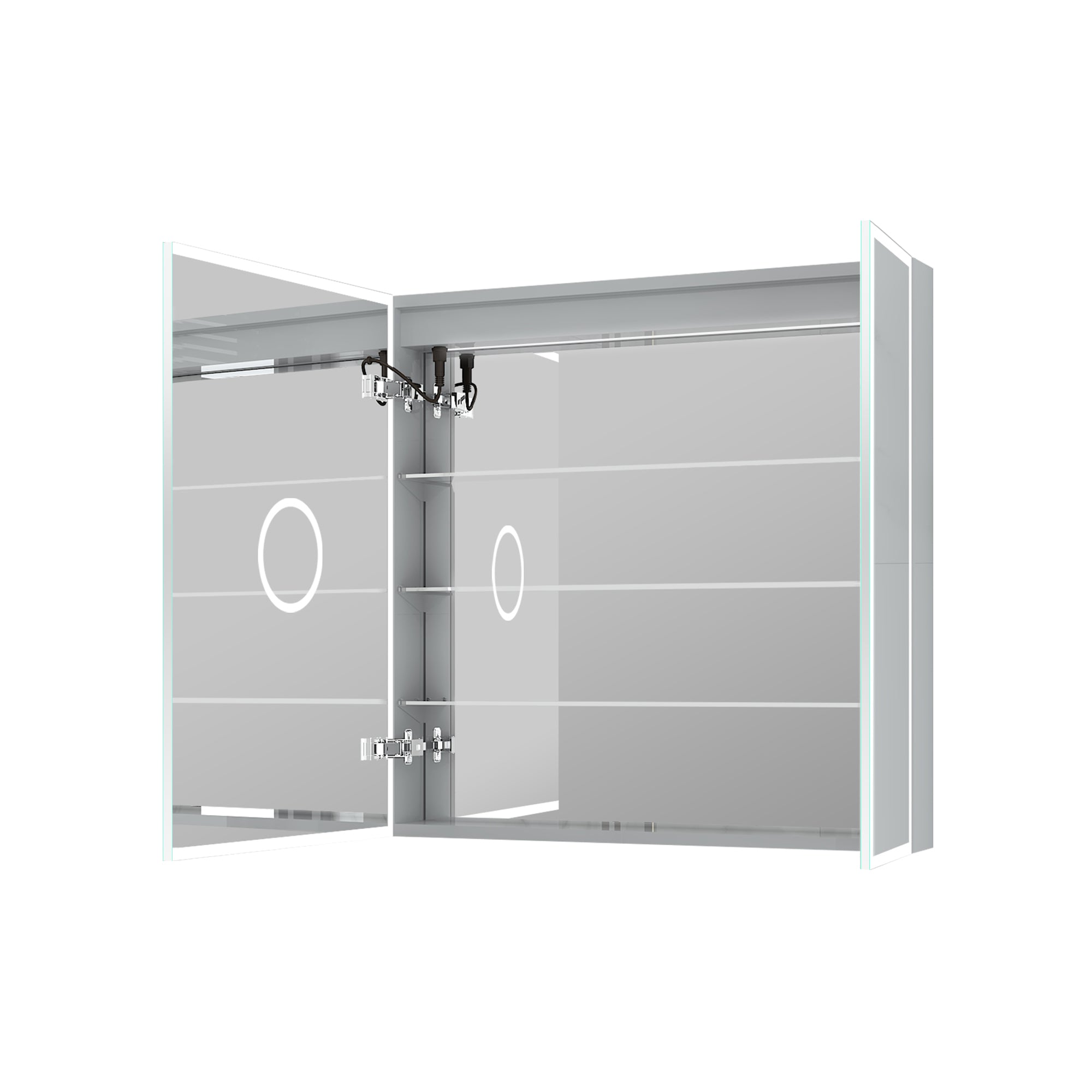
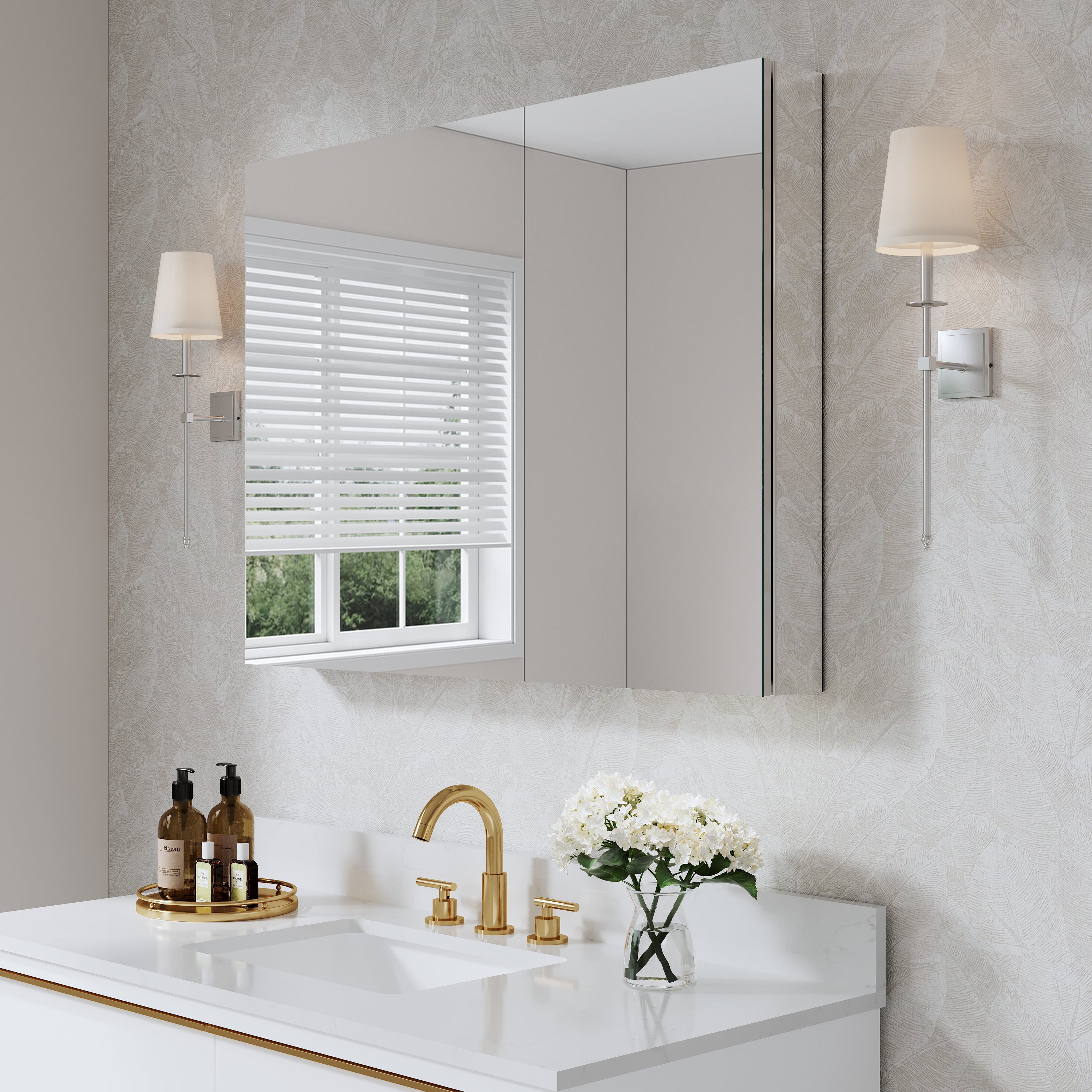

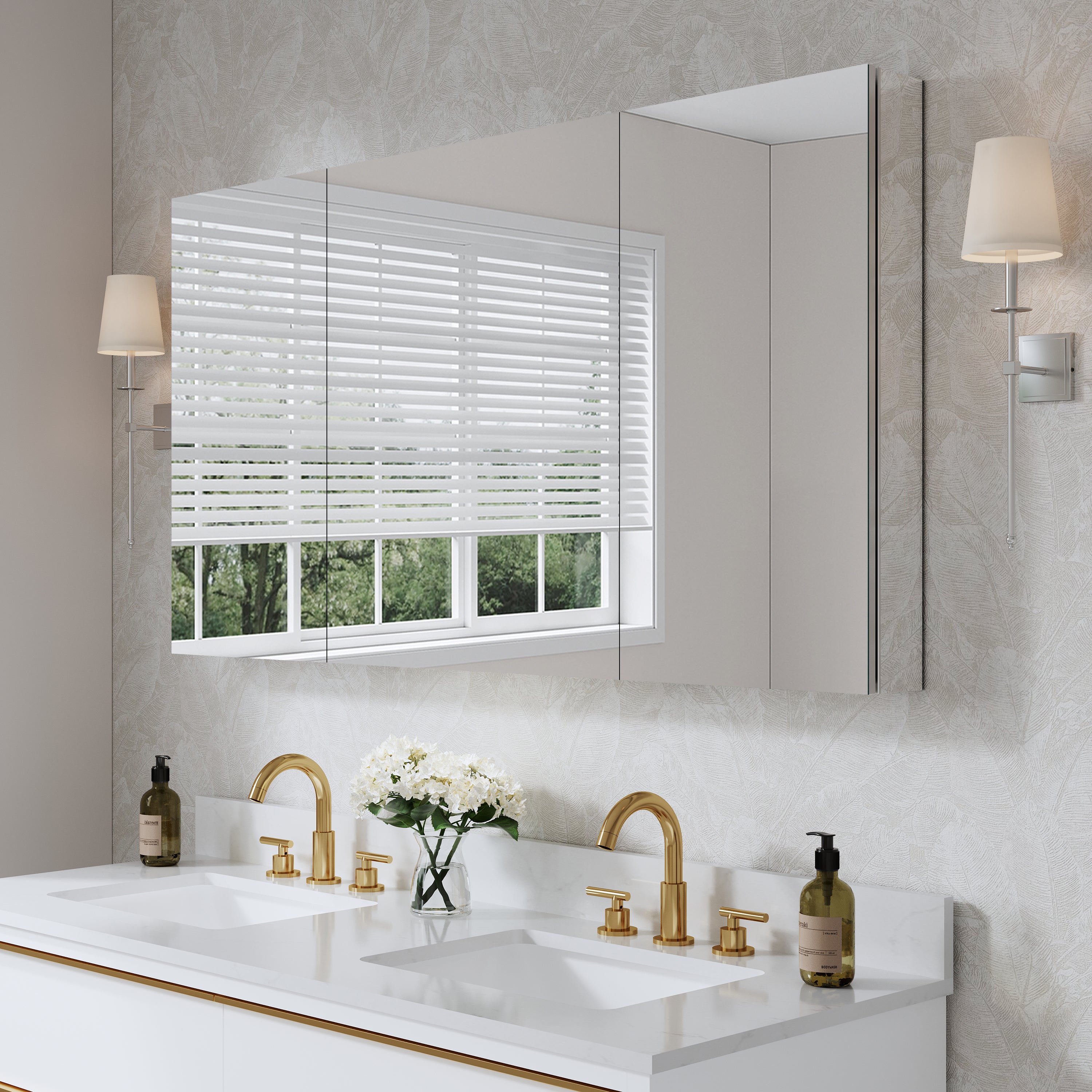

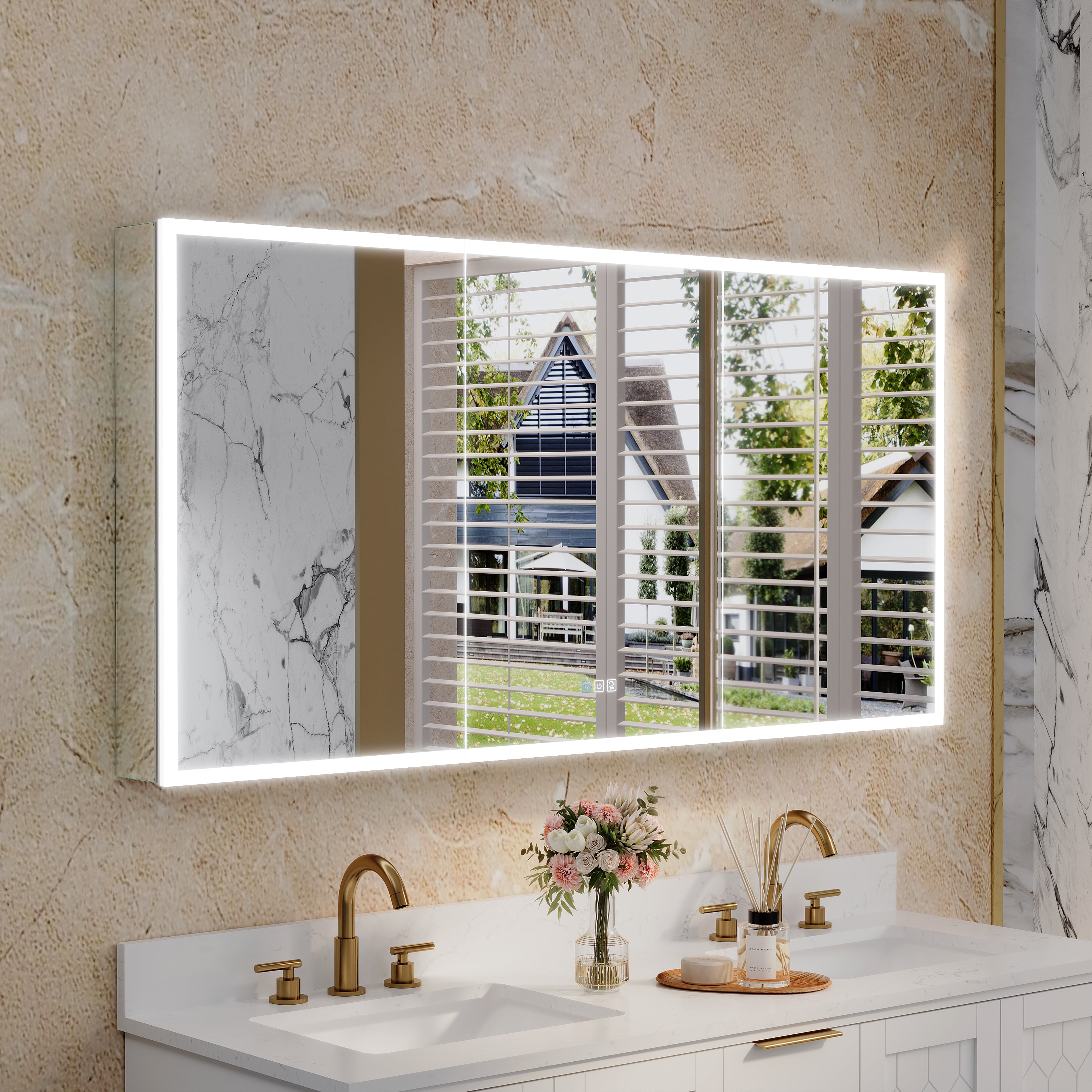

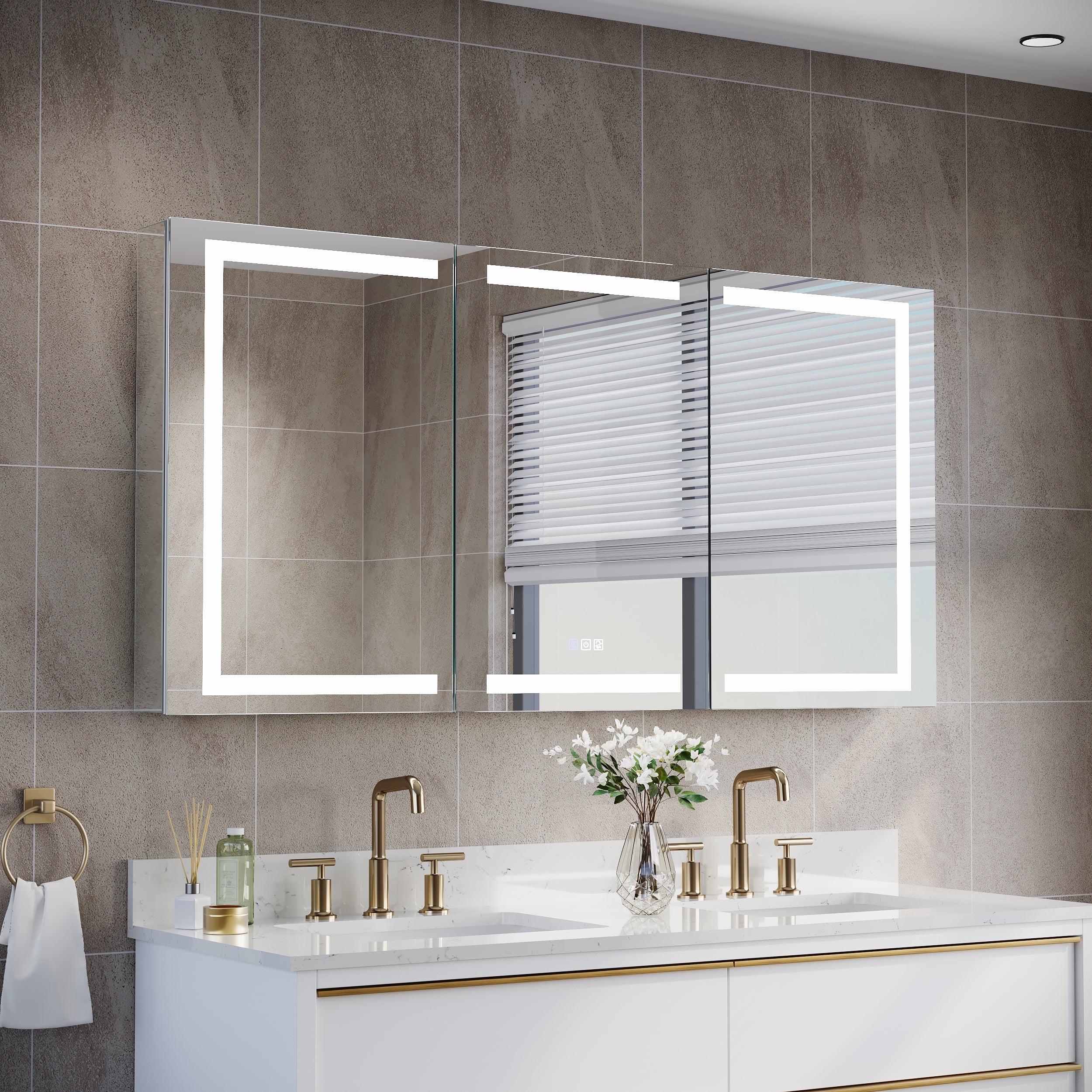


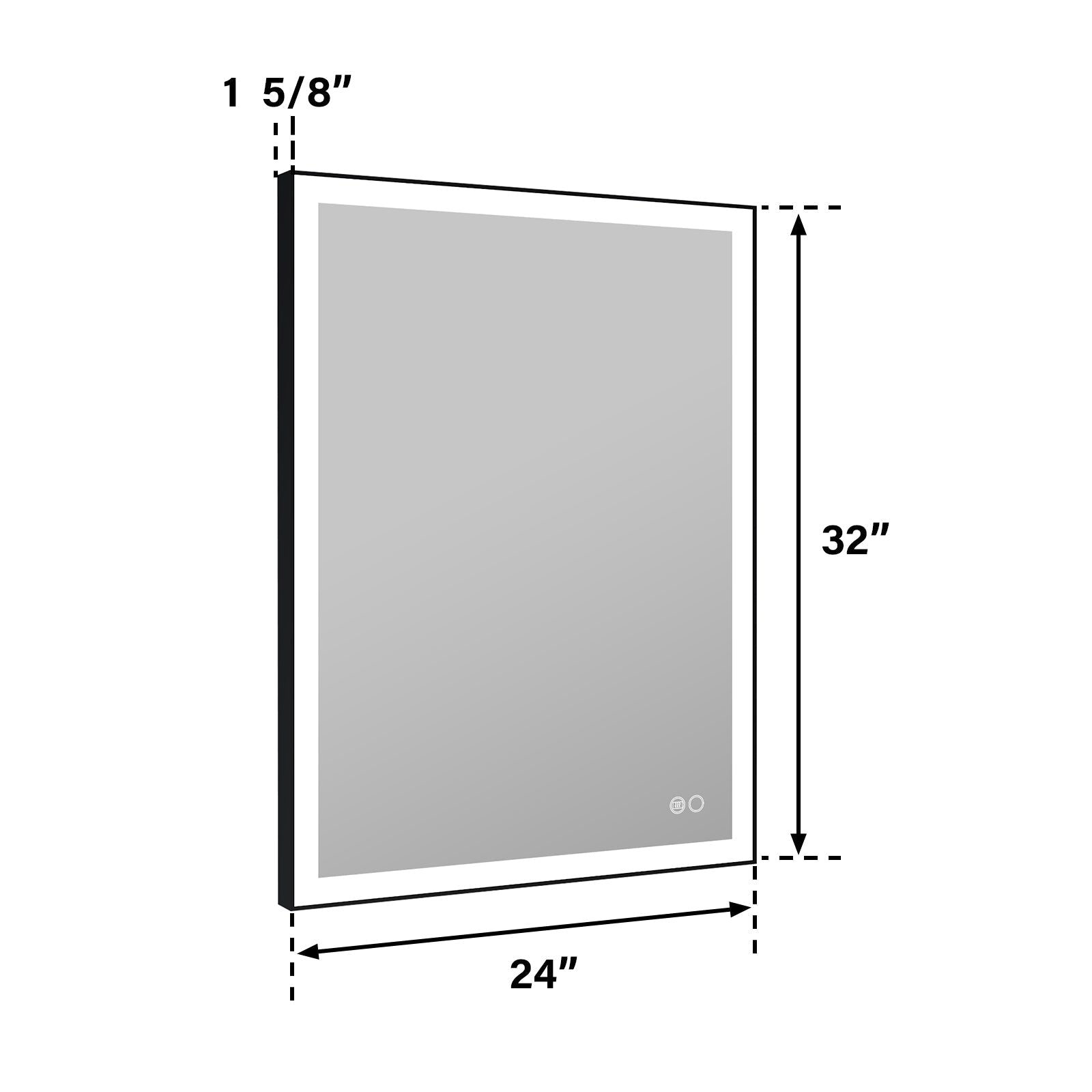
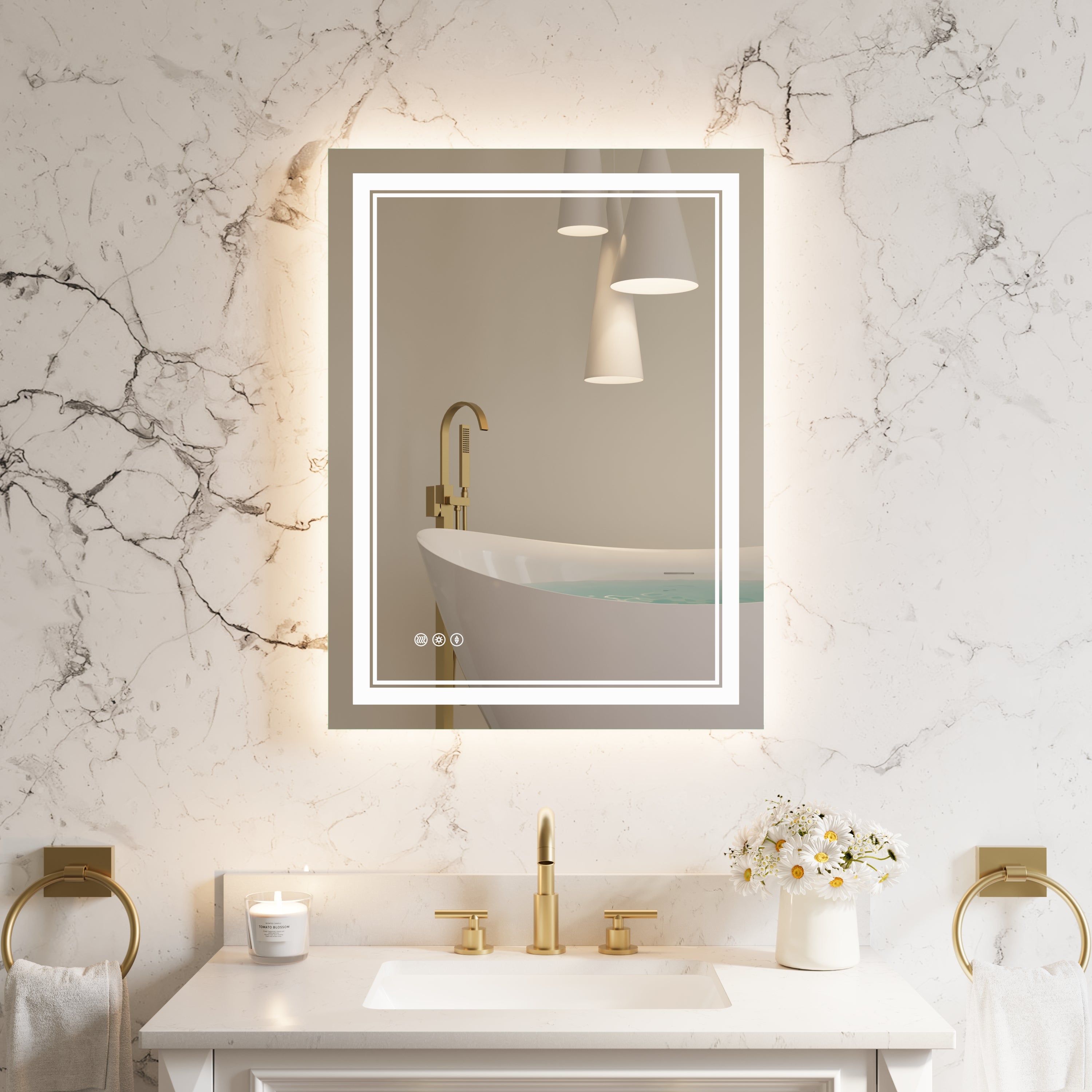
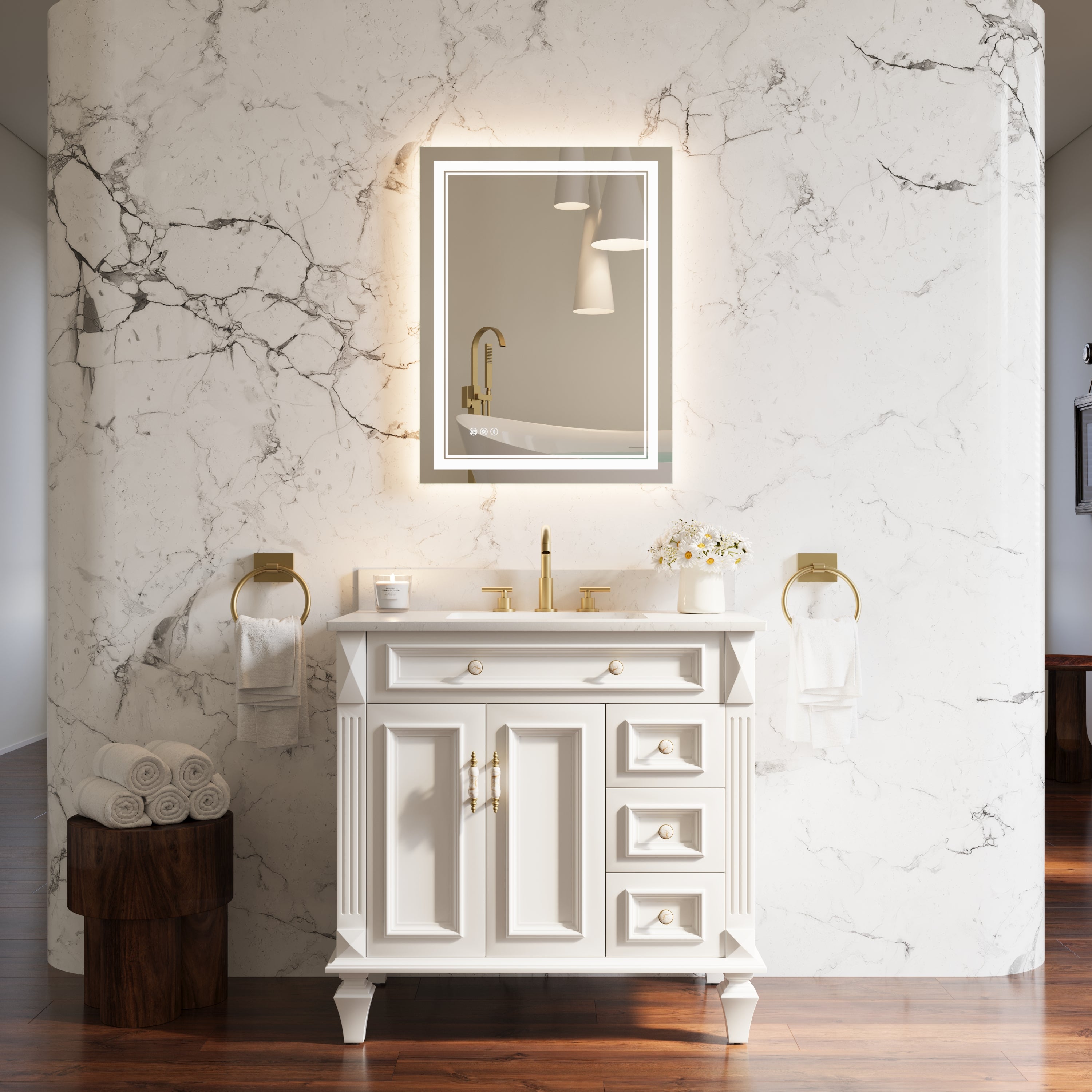
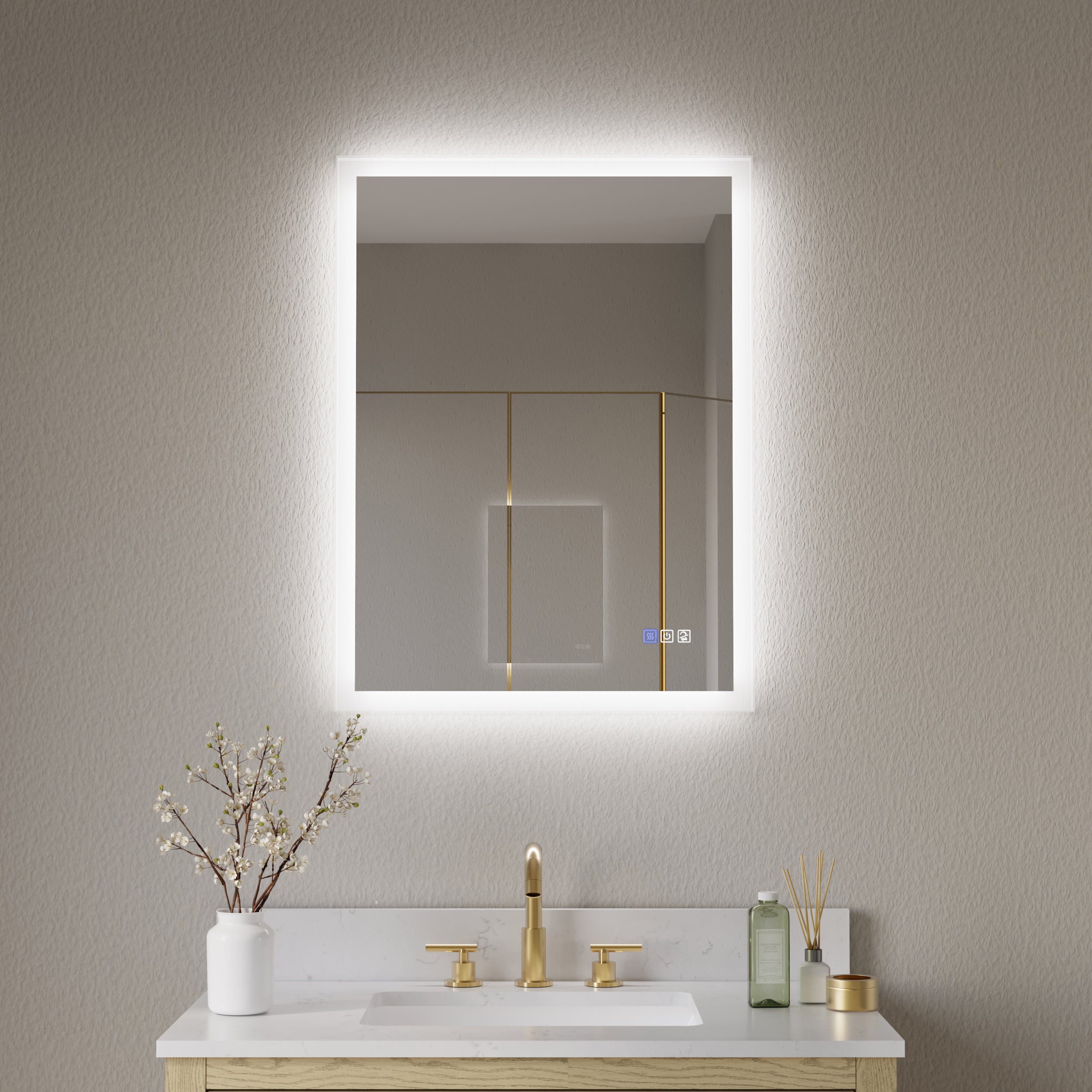

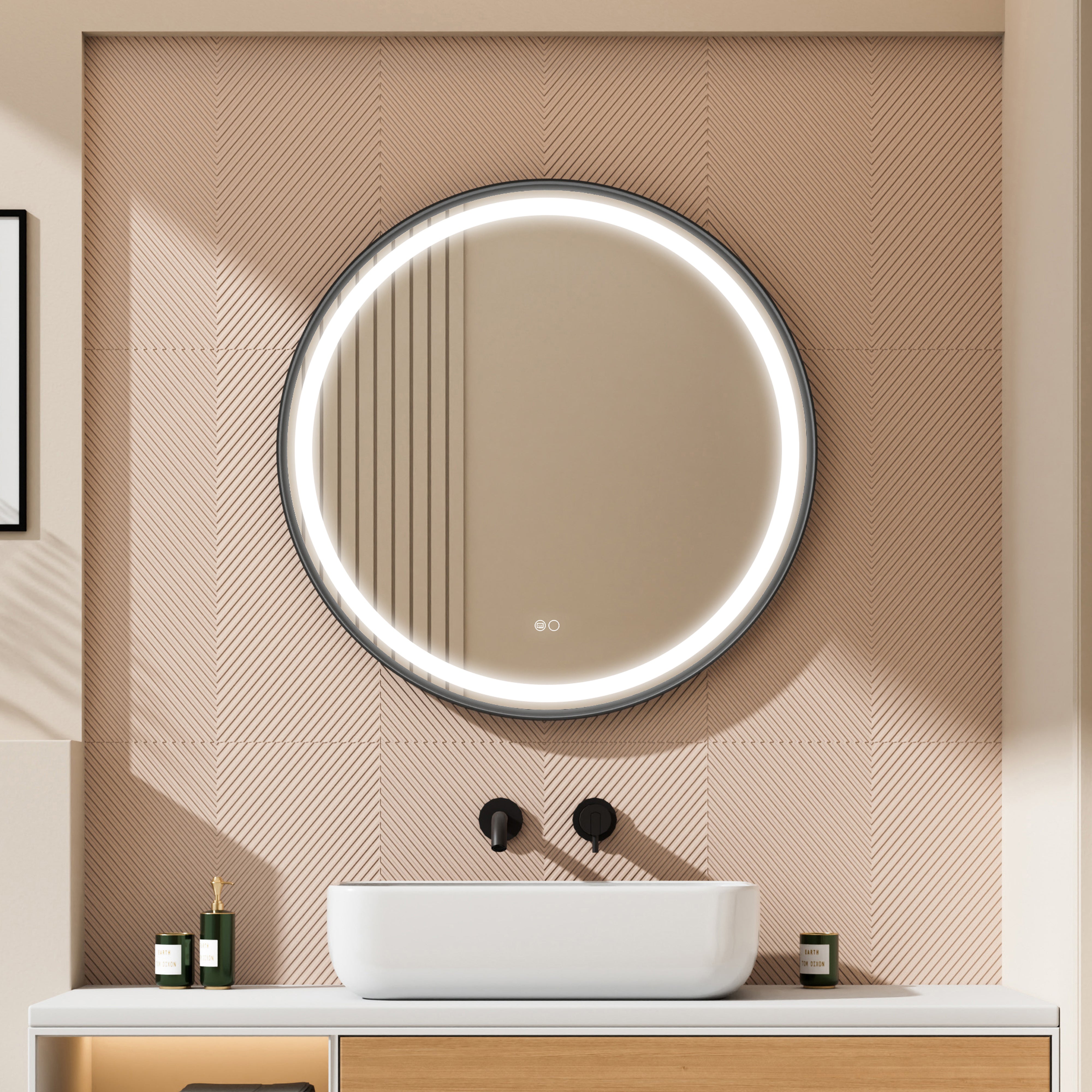
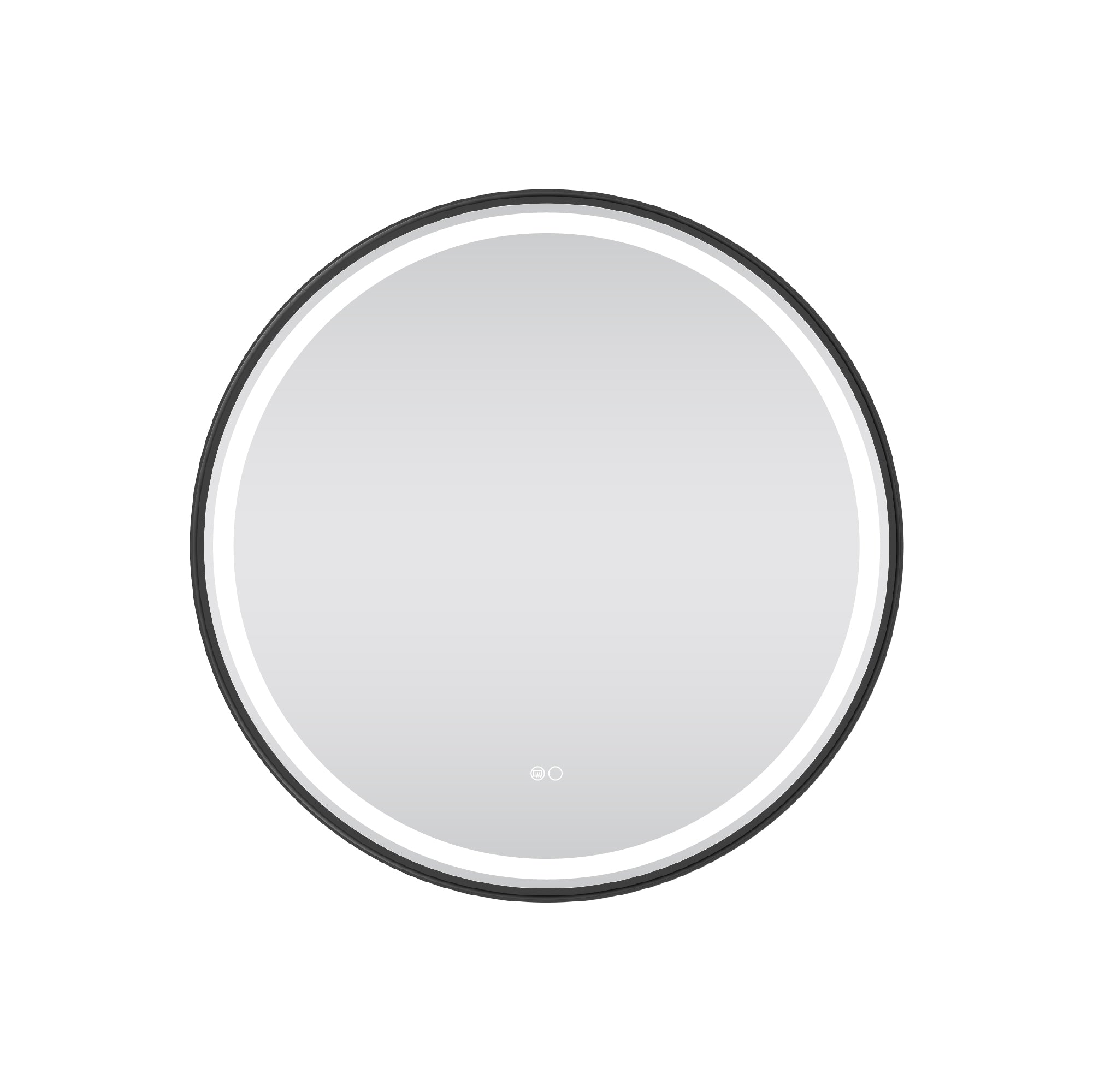


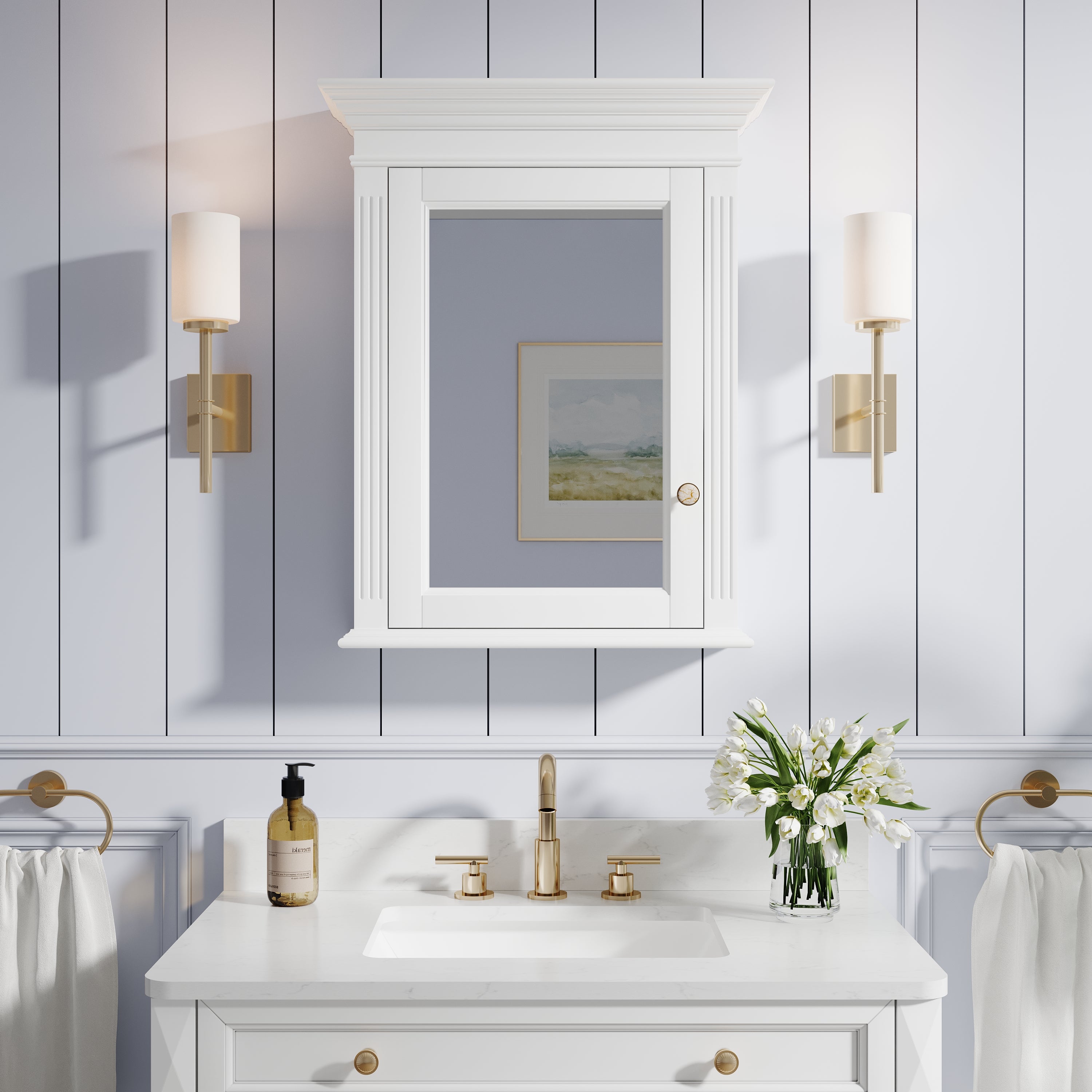
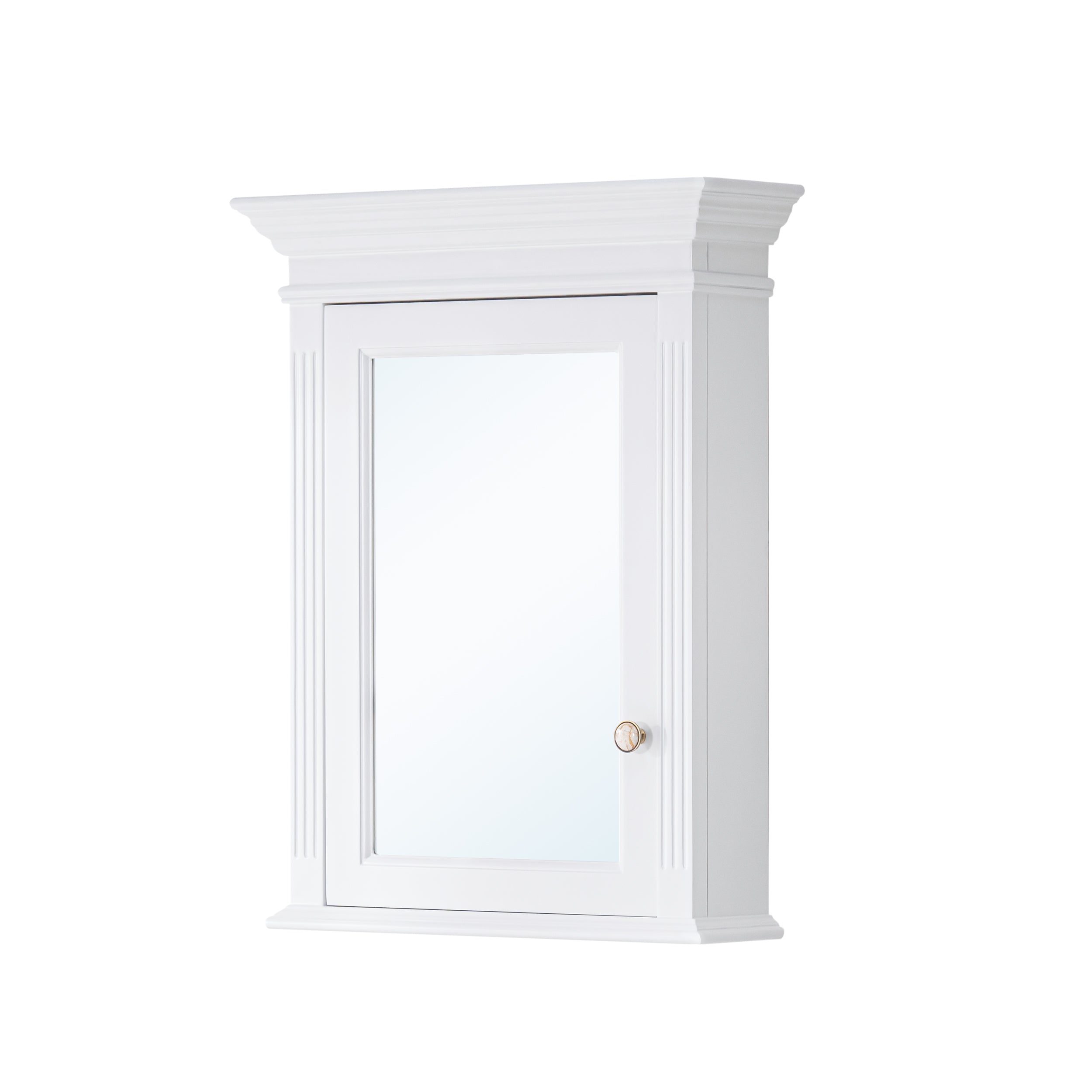
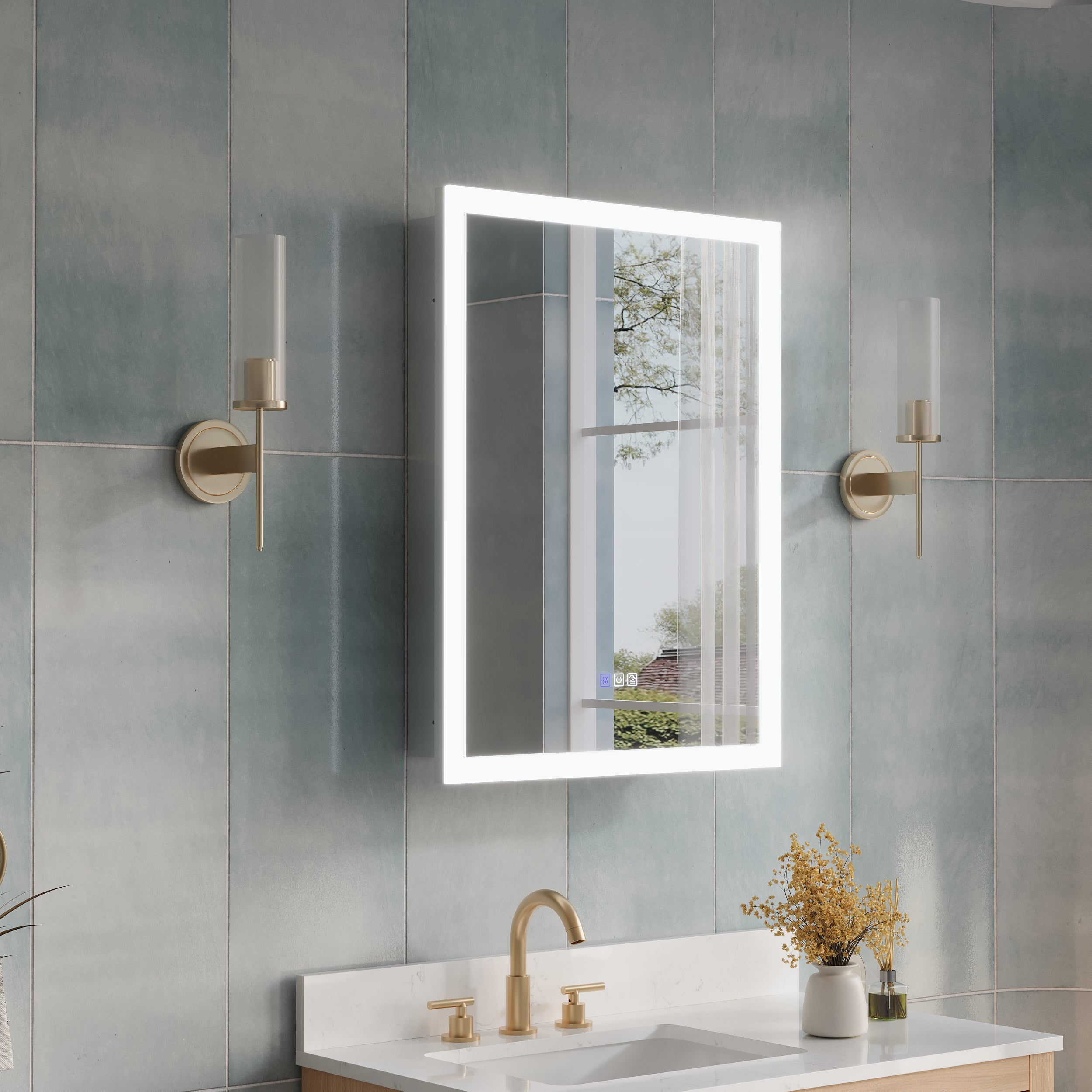
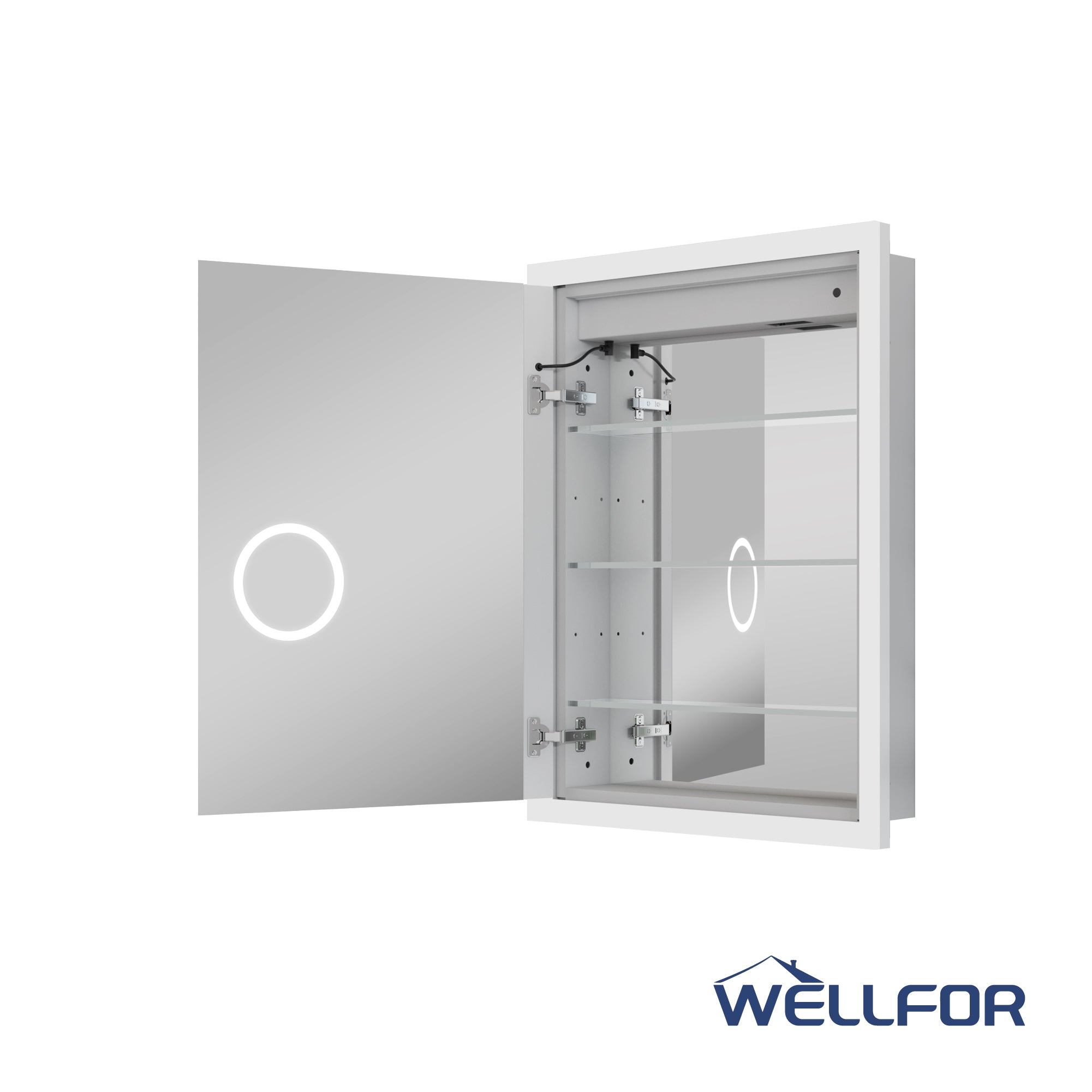
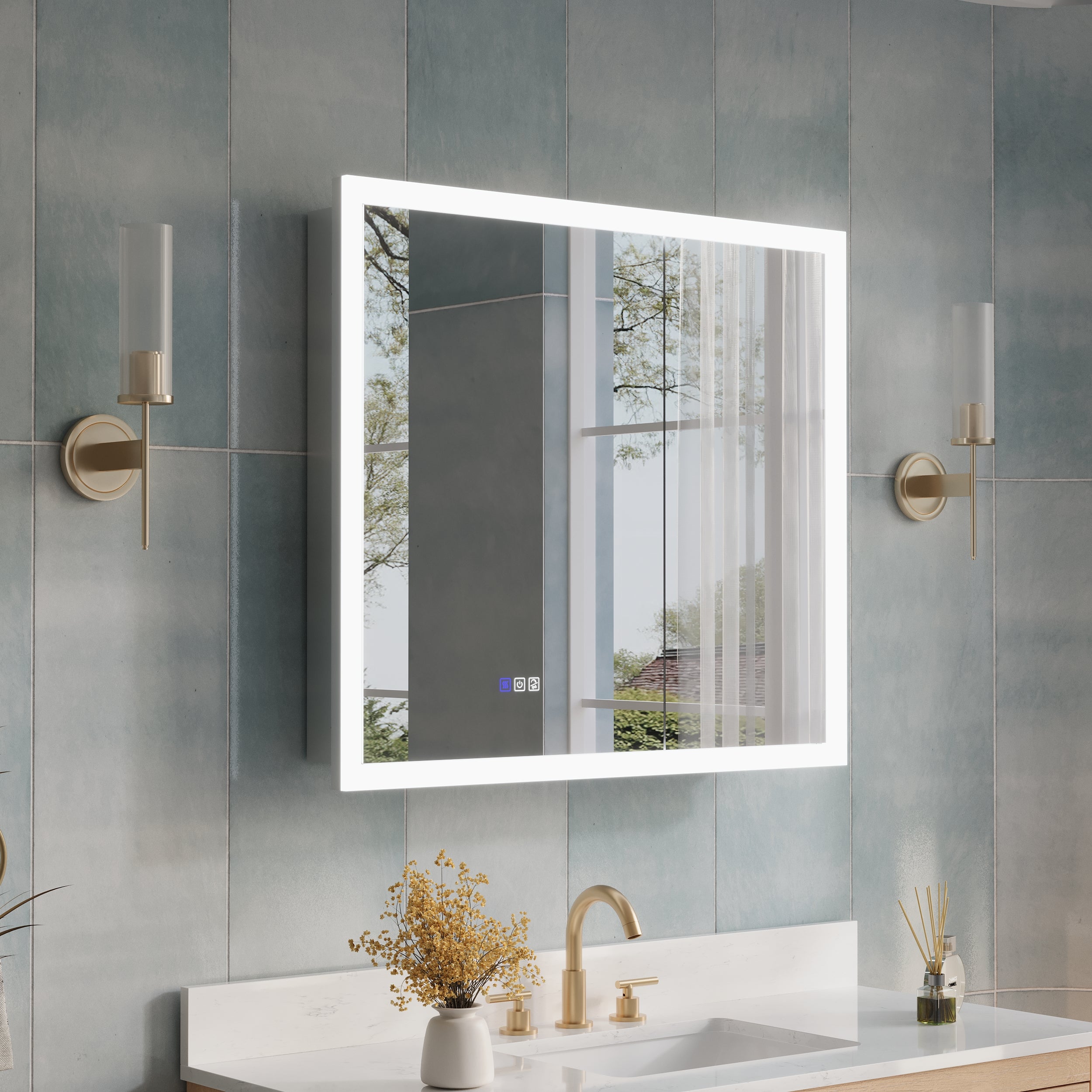




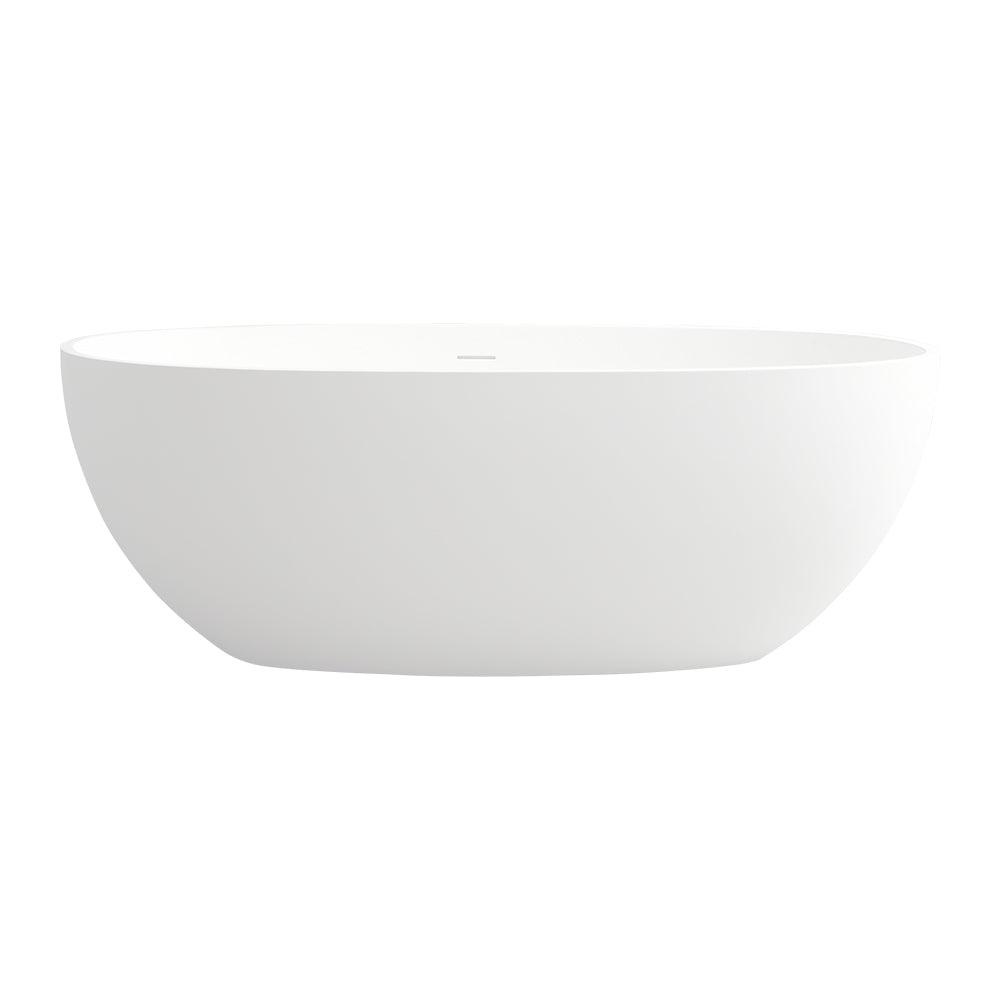
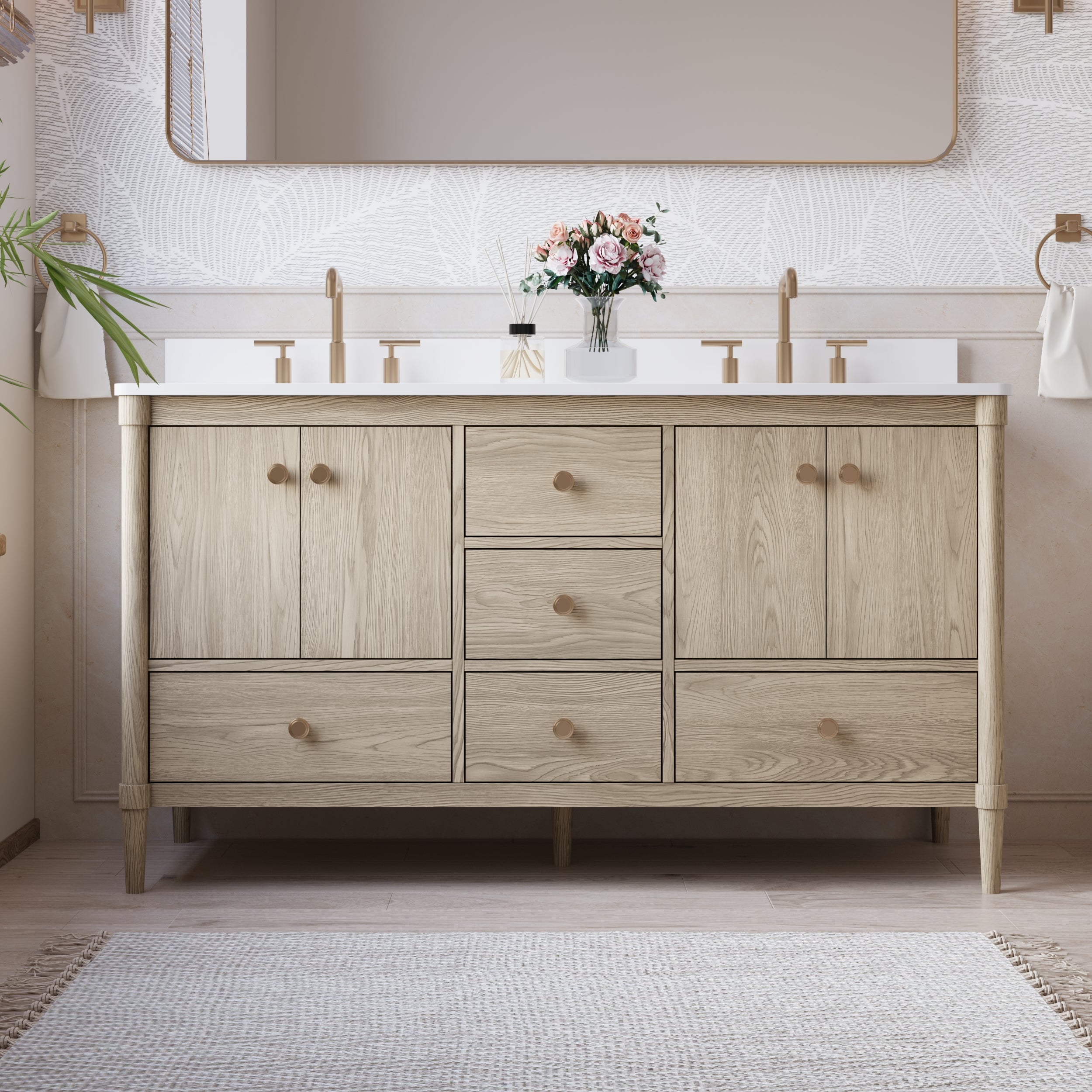
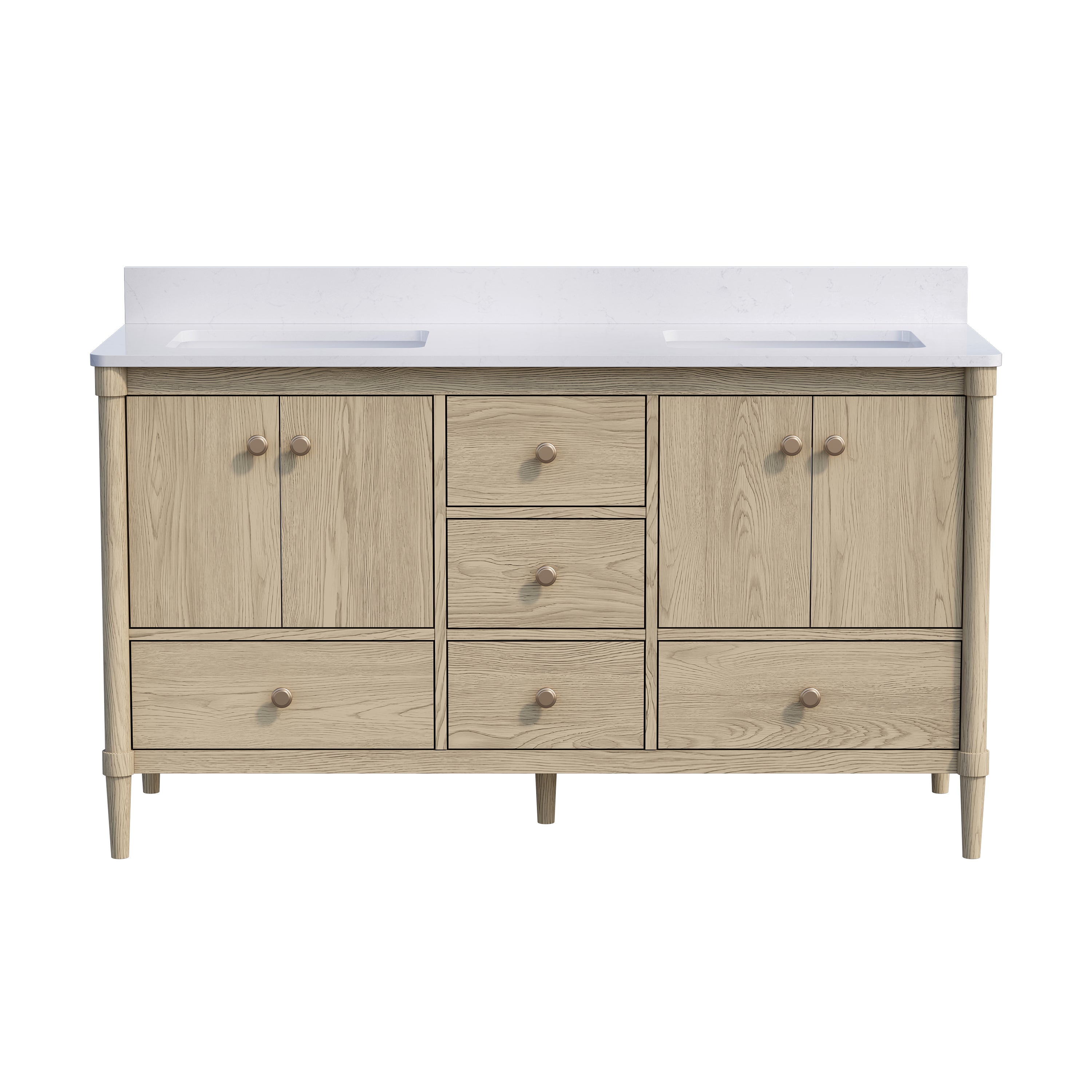
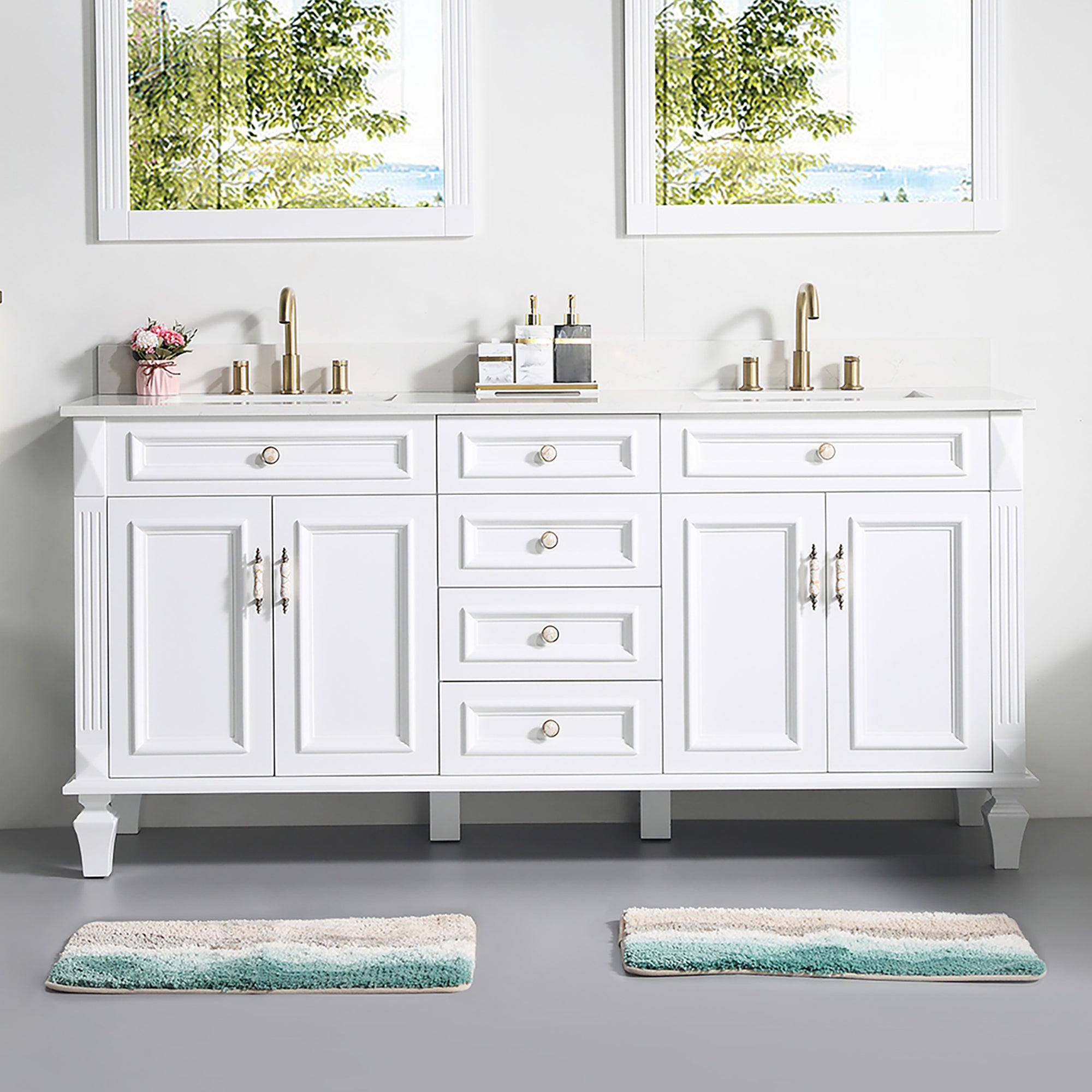

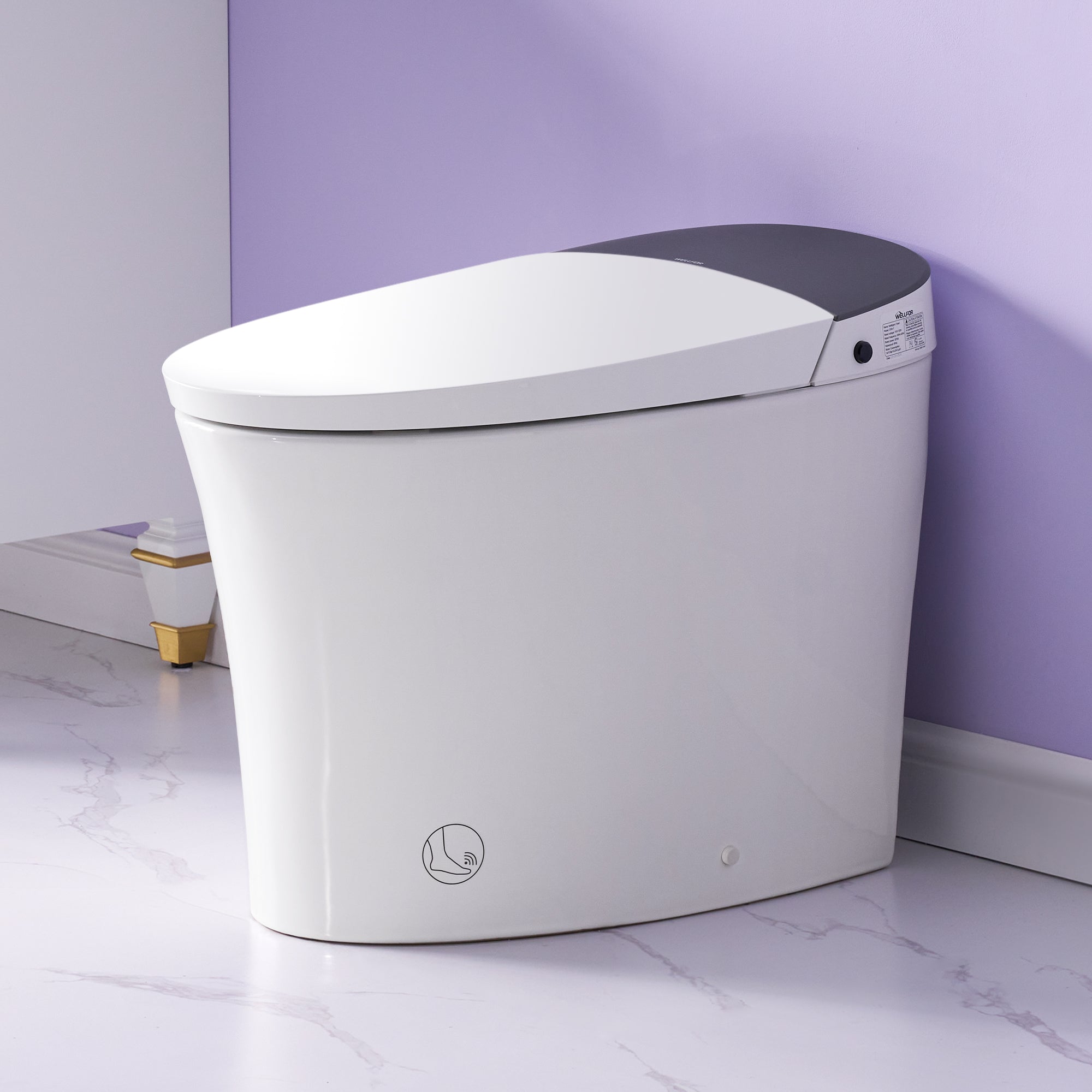
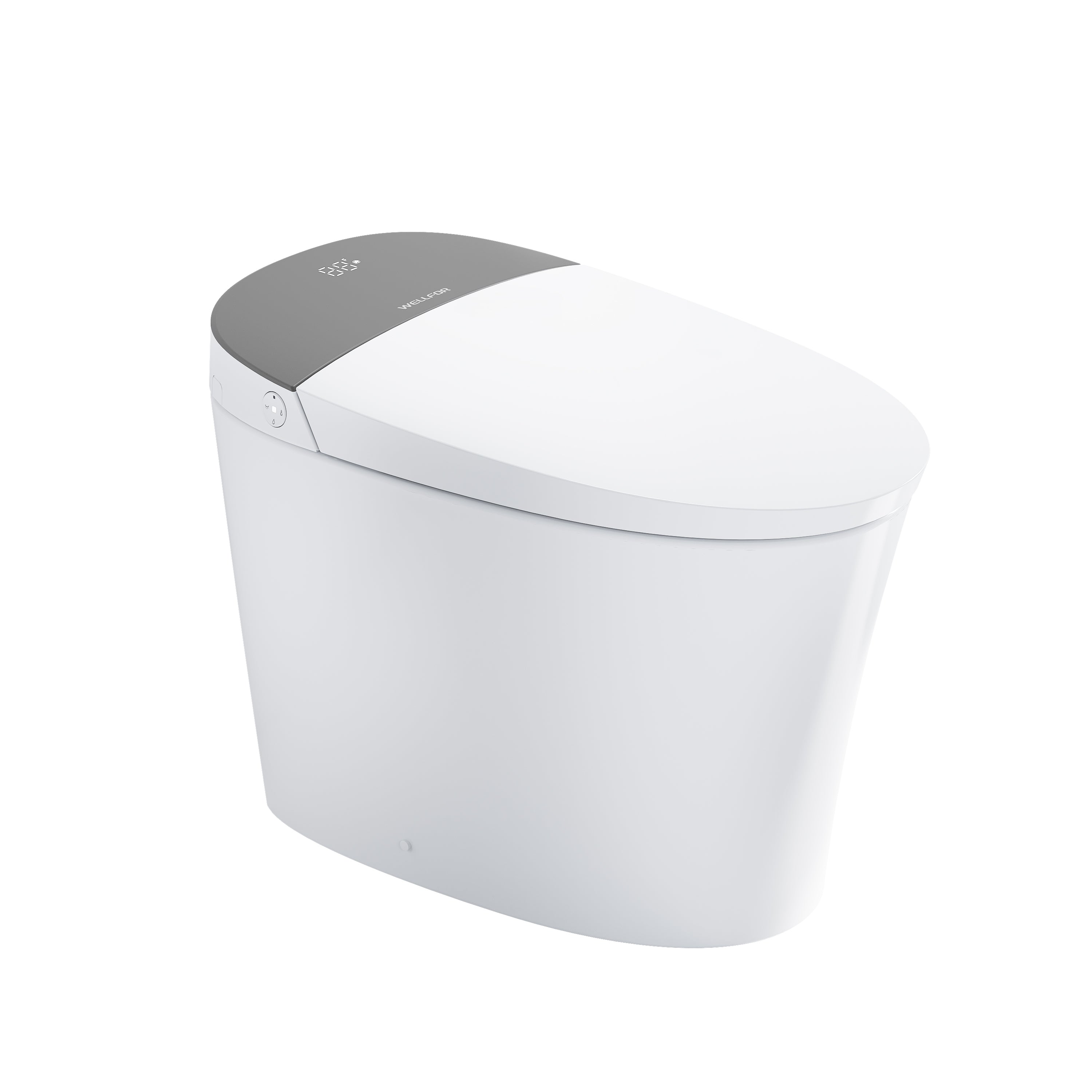

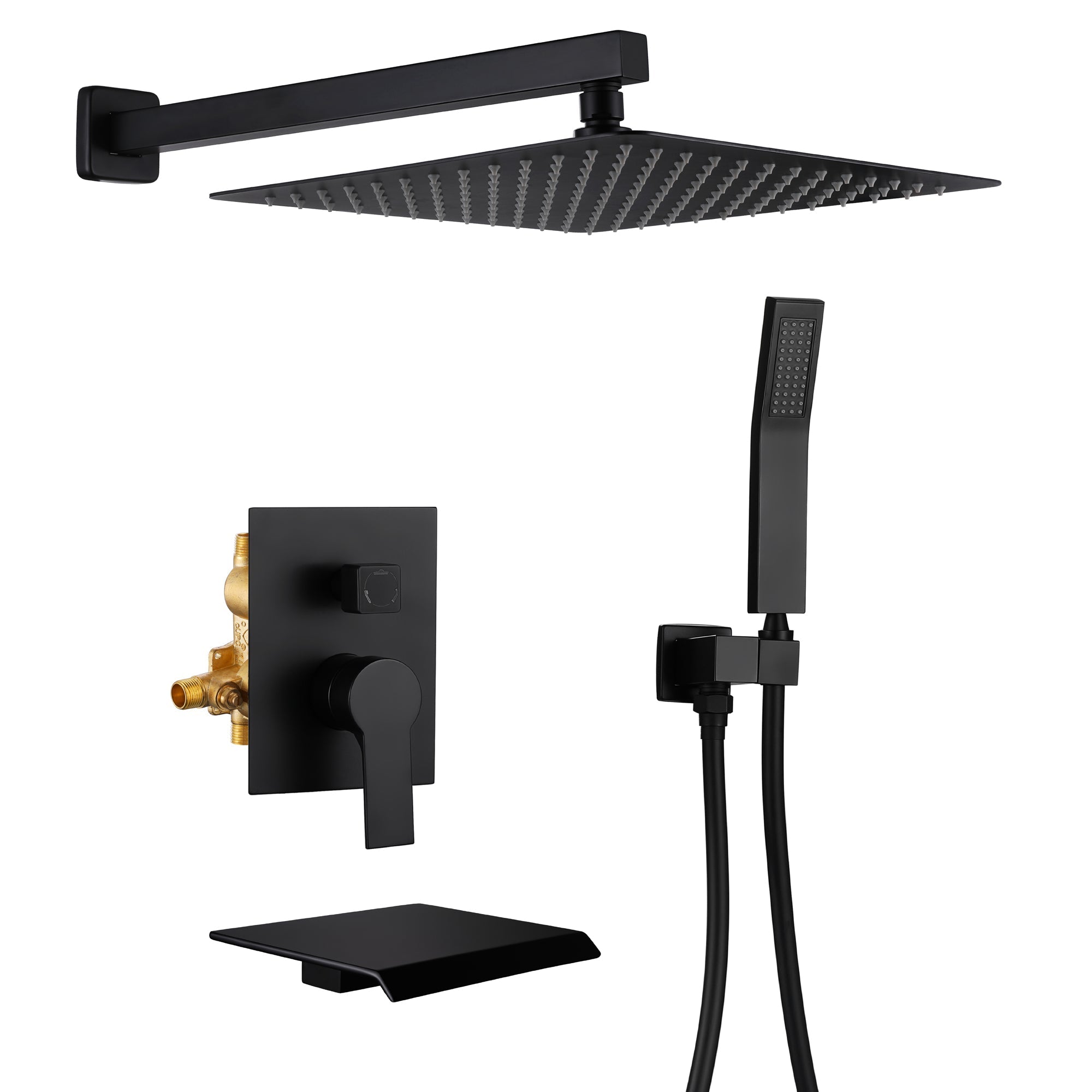
Leave a comment
This site is protected by hCaptcha and the hCaptcha Privacy Policy and Terms of Service apply.